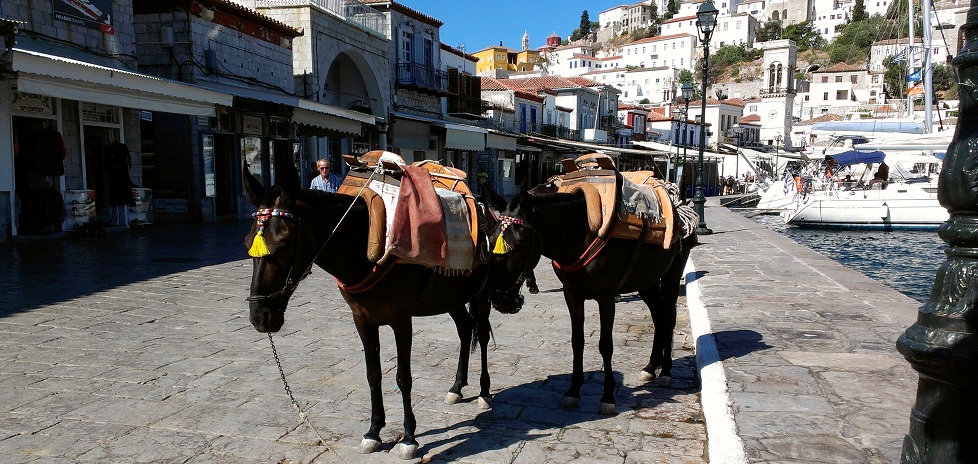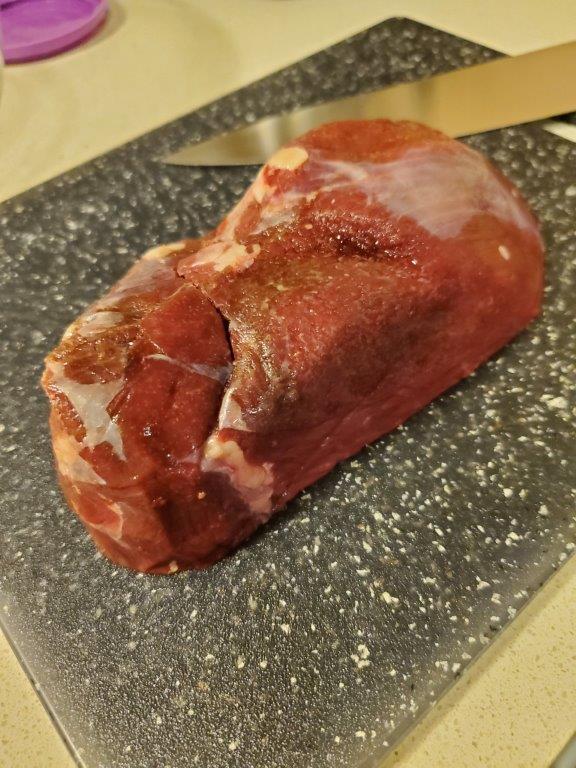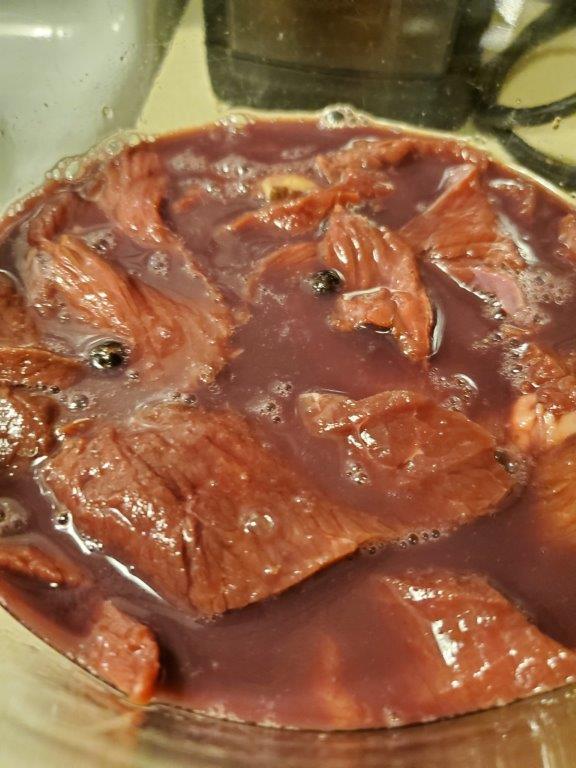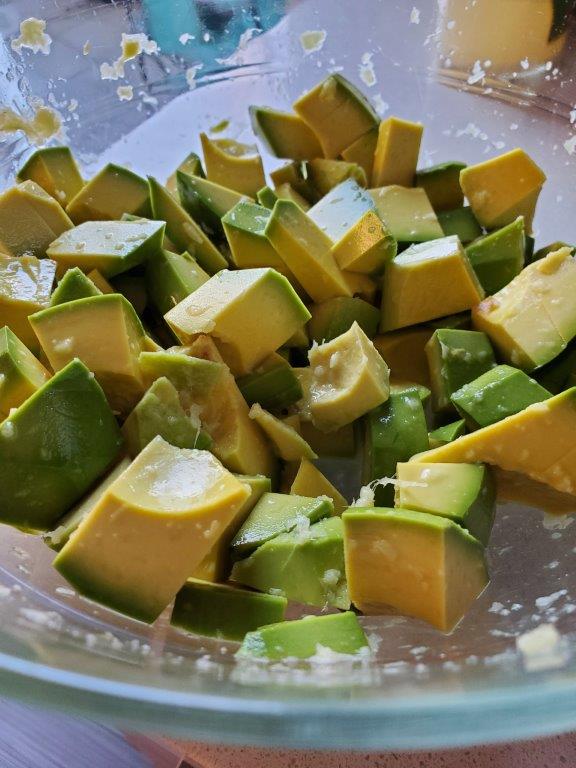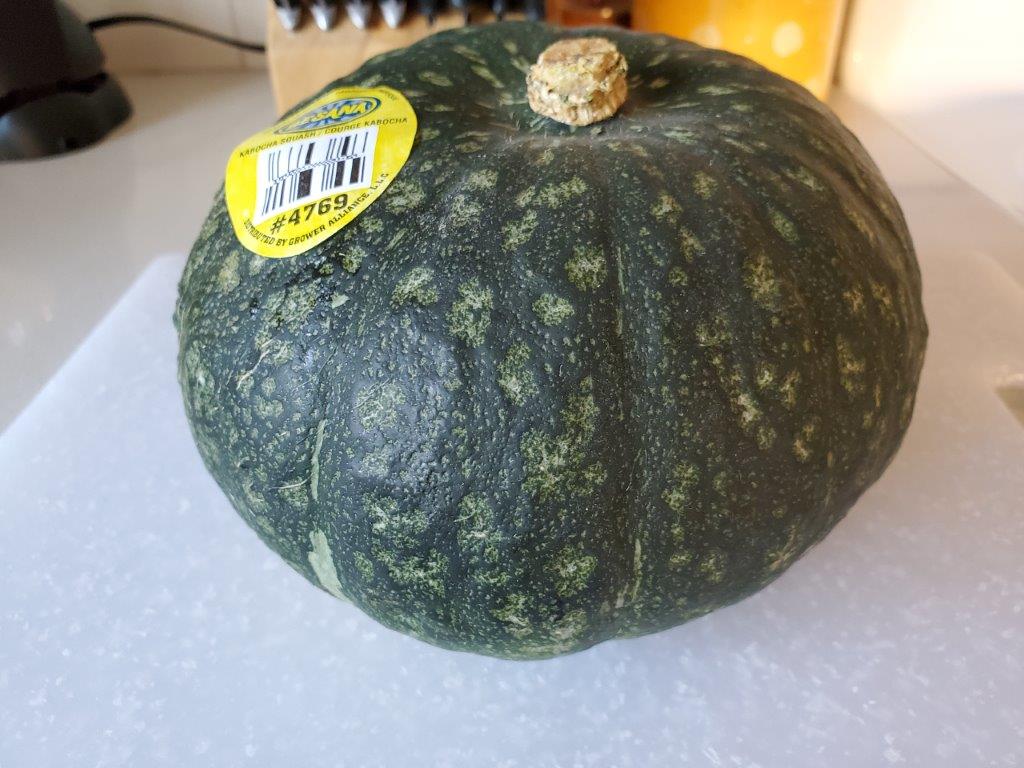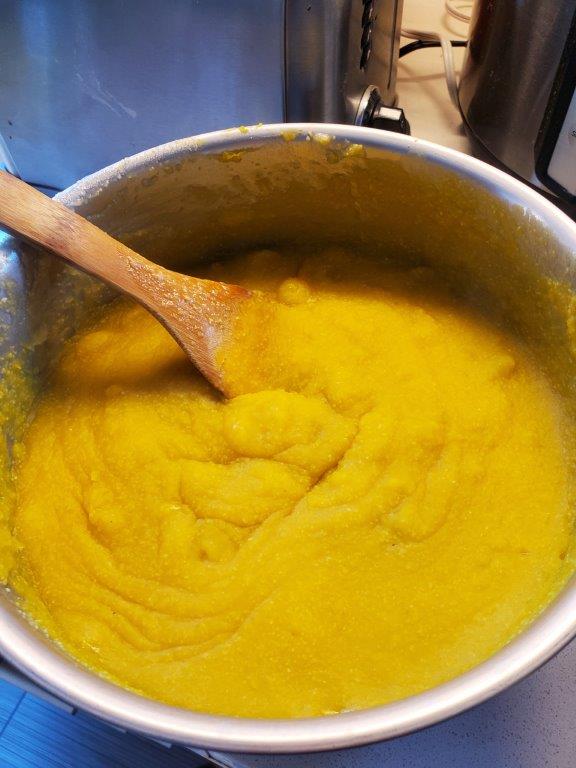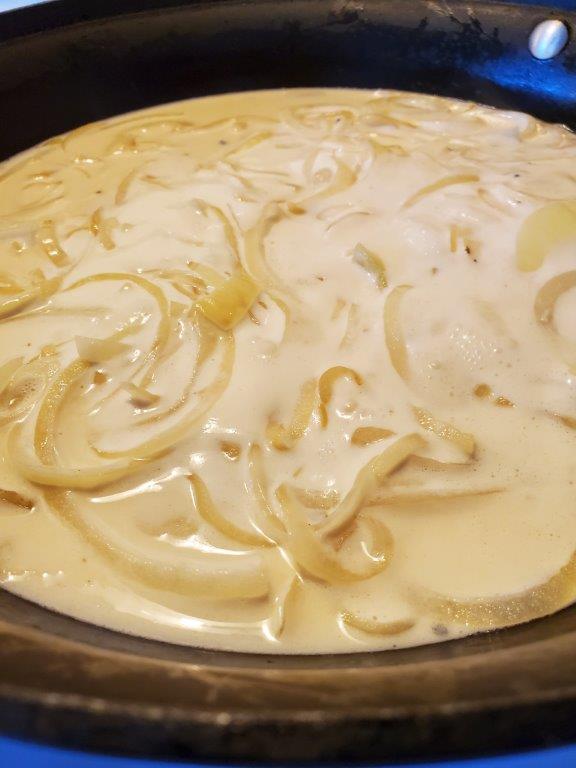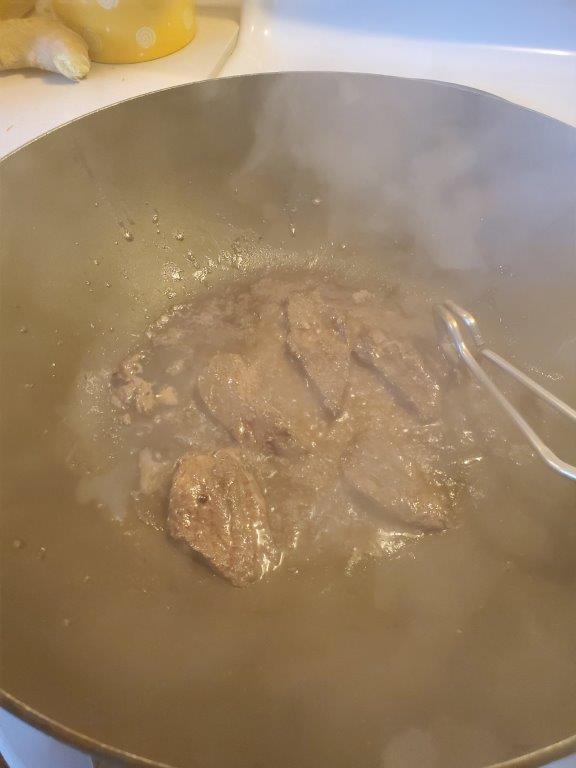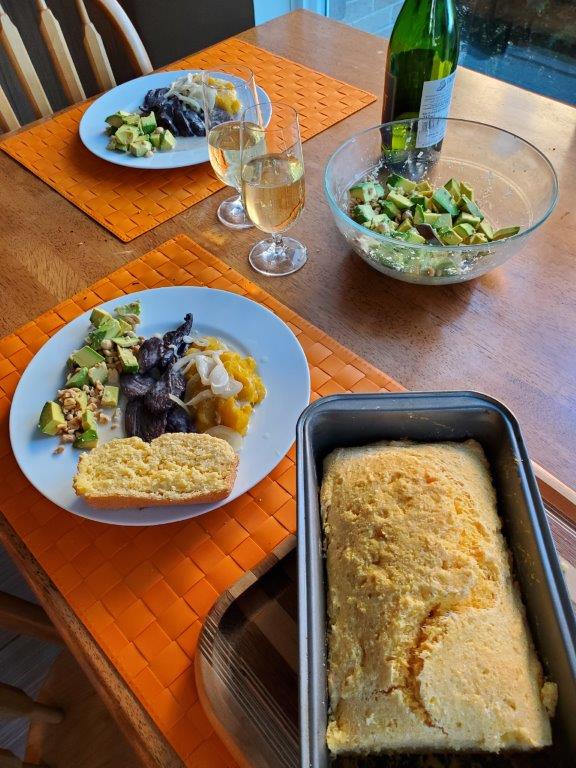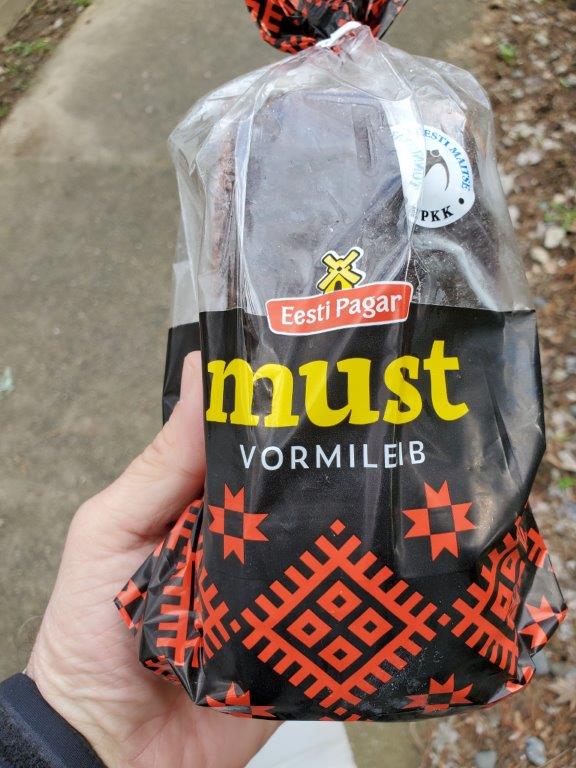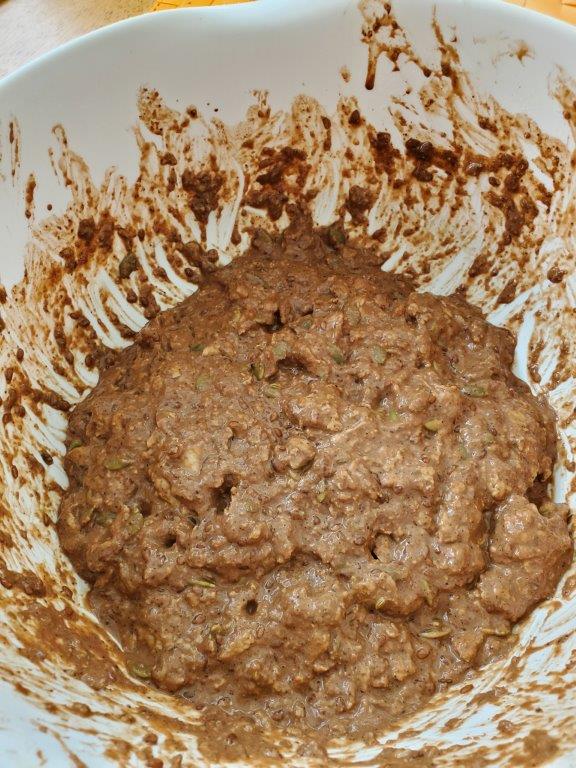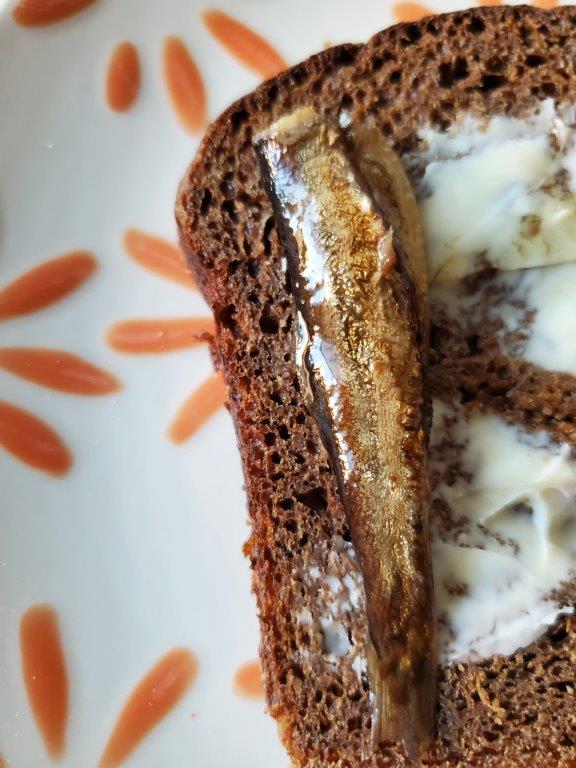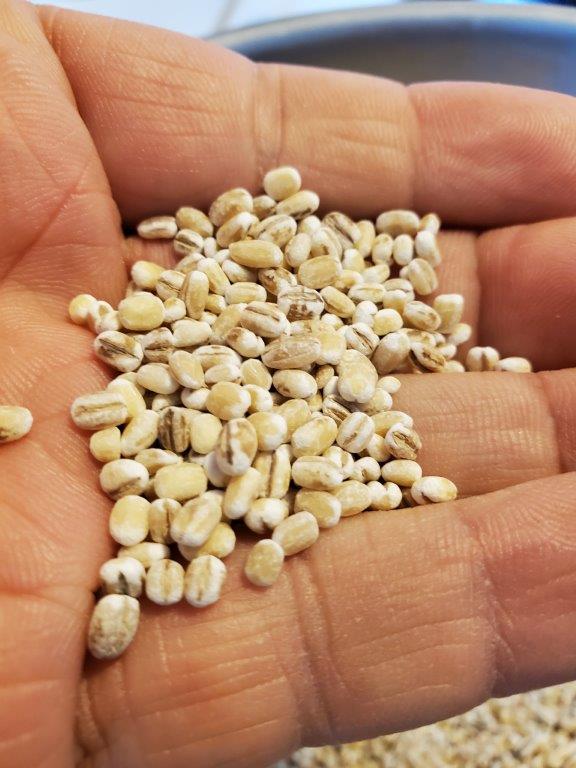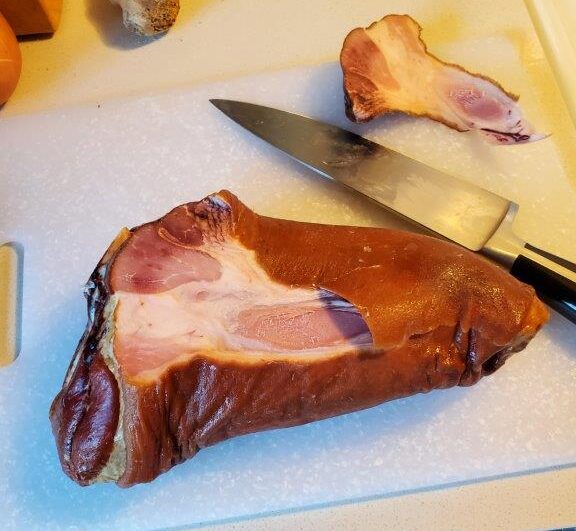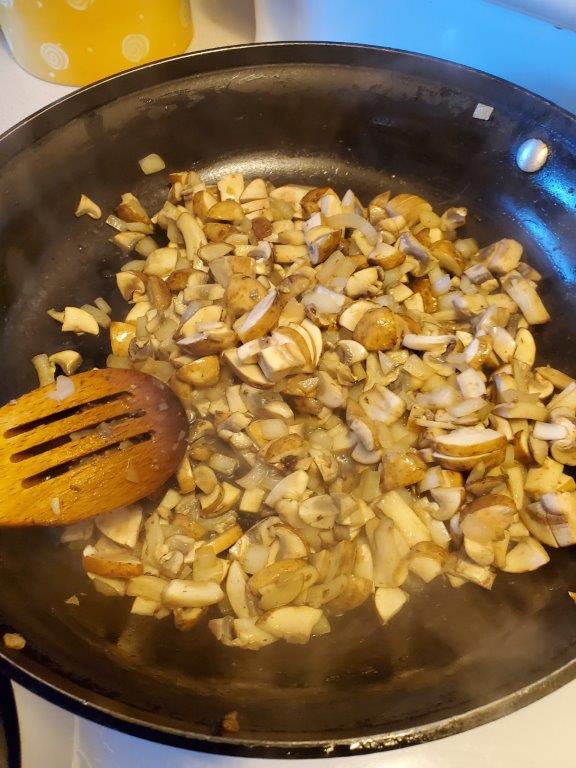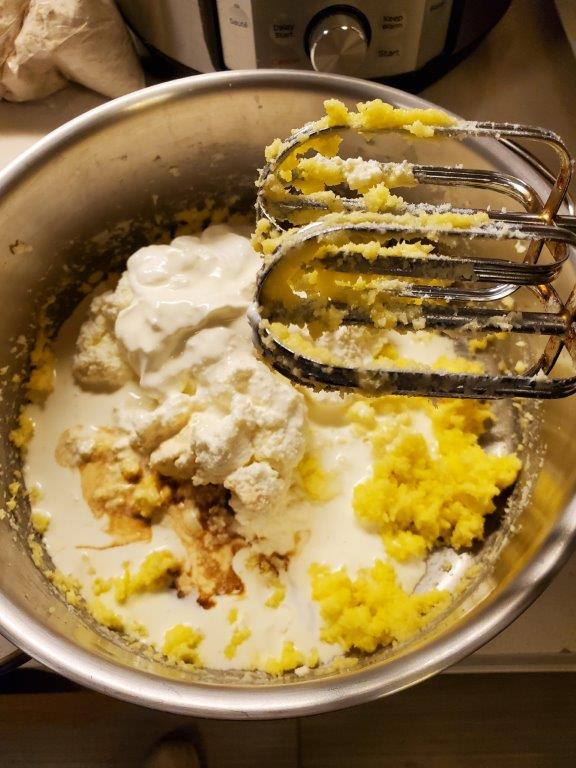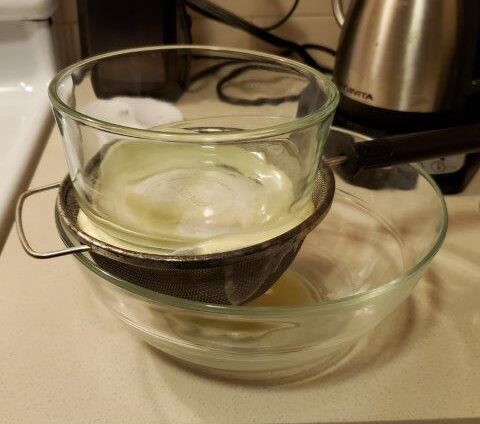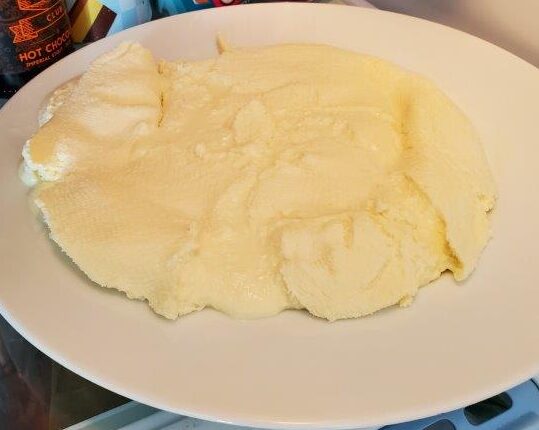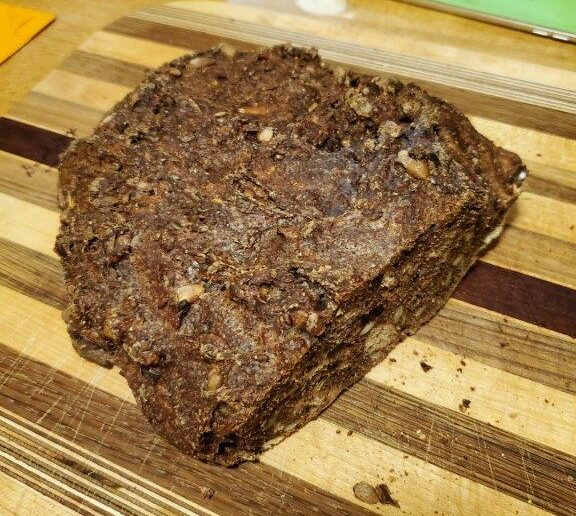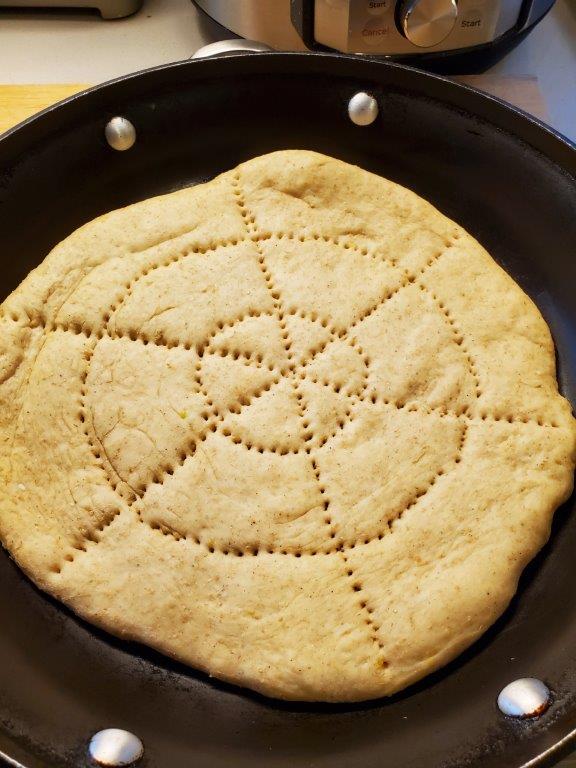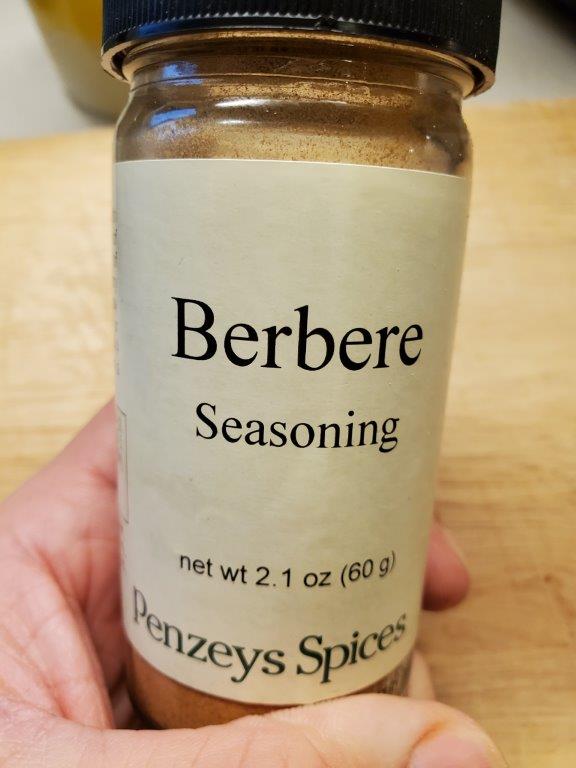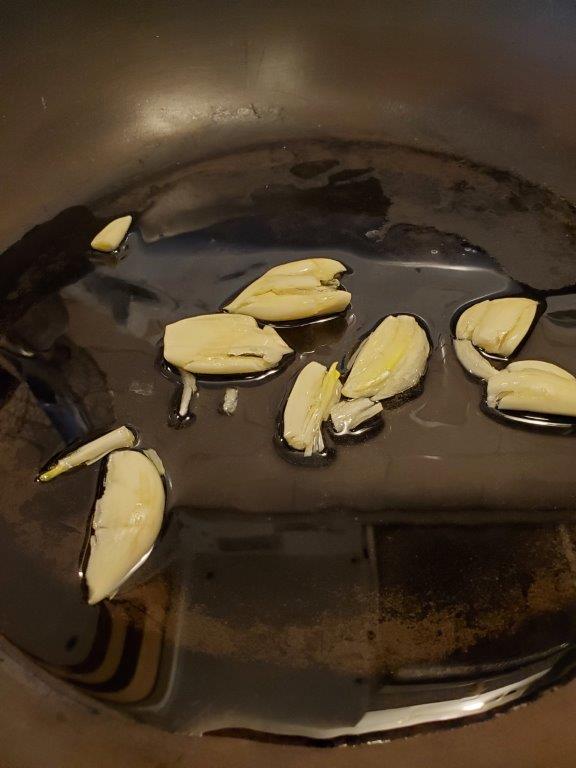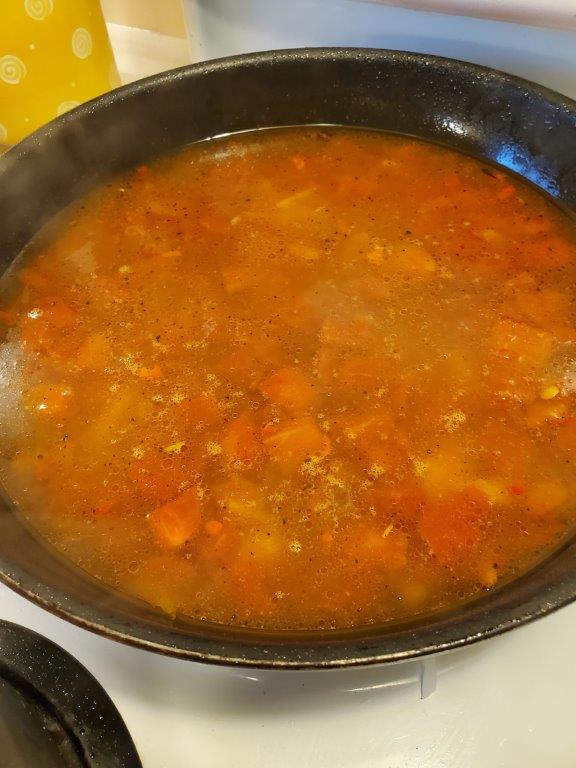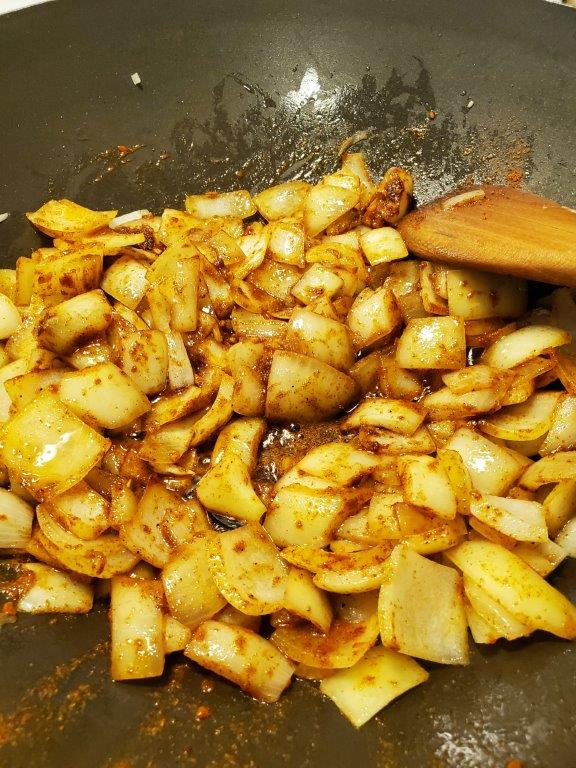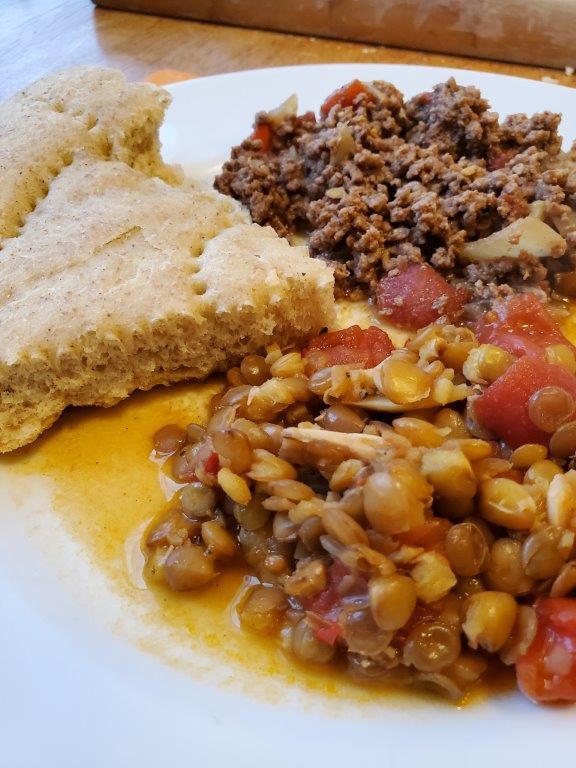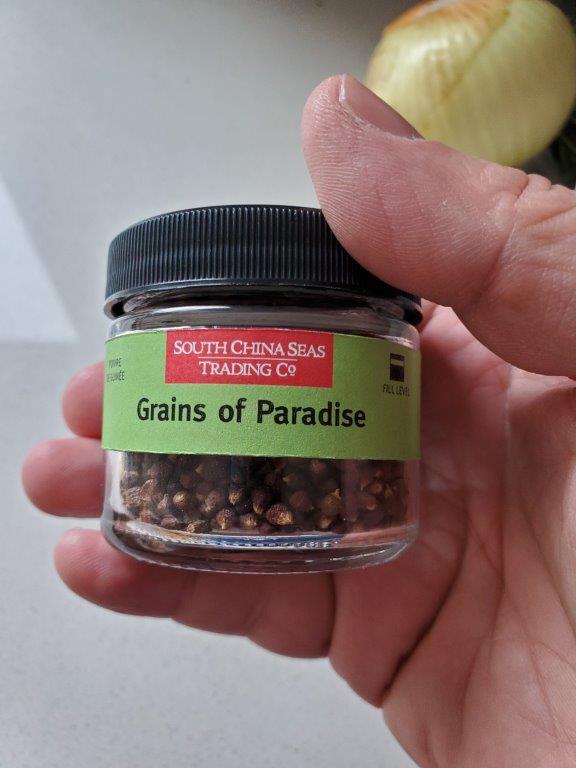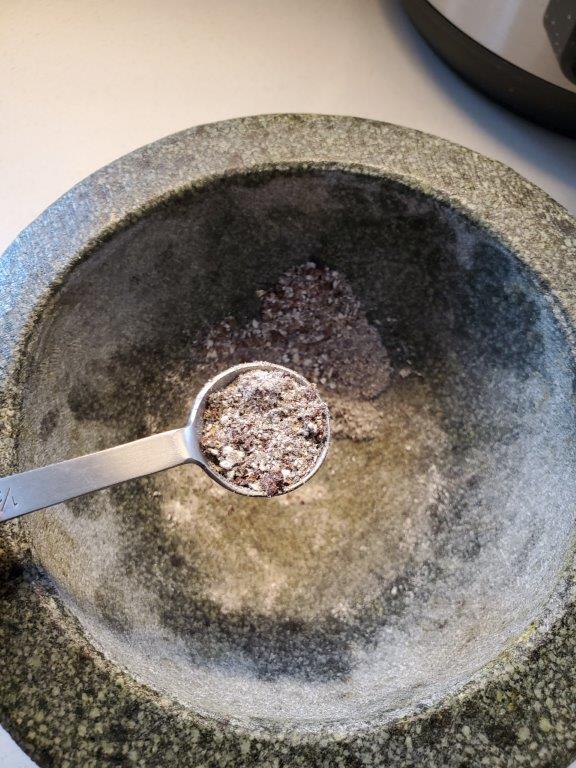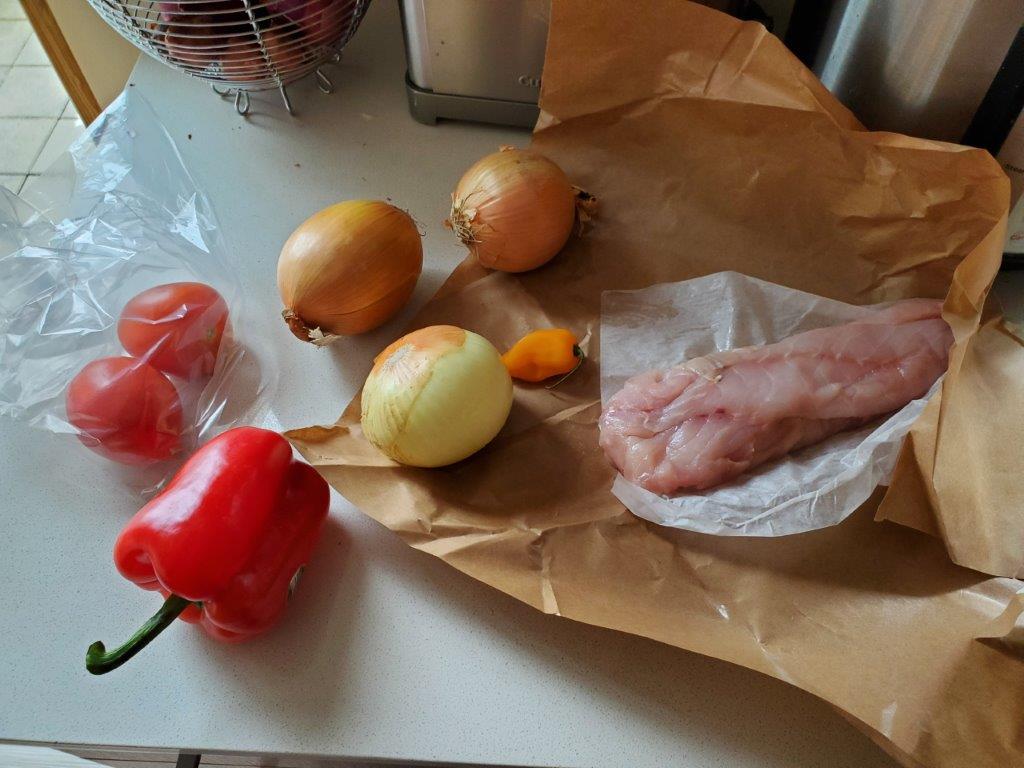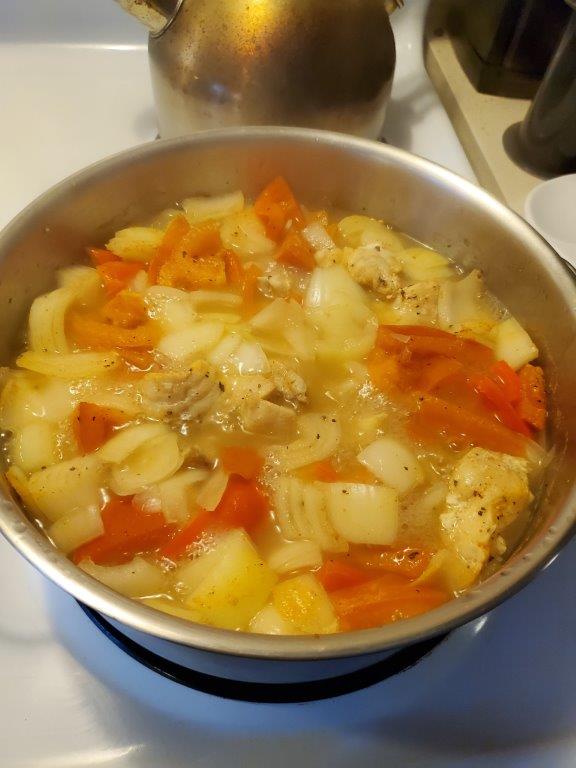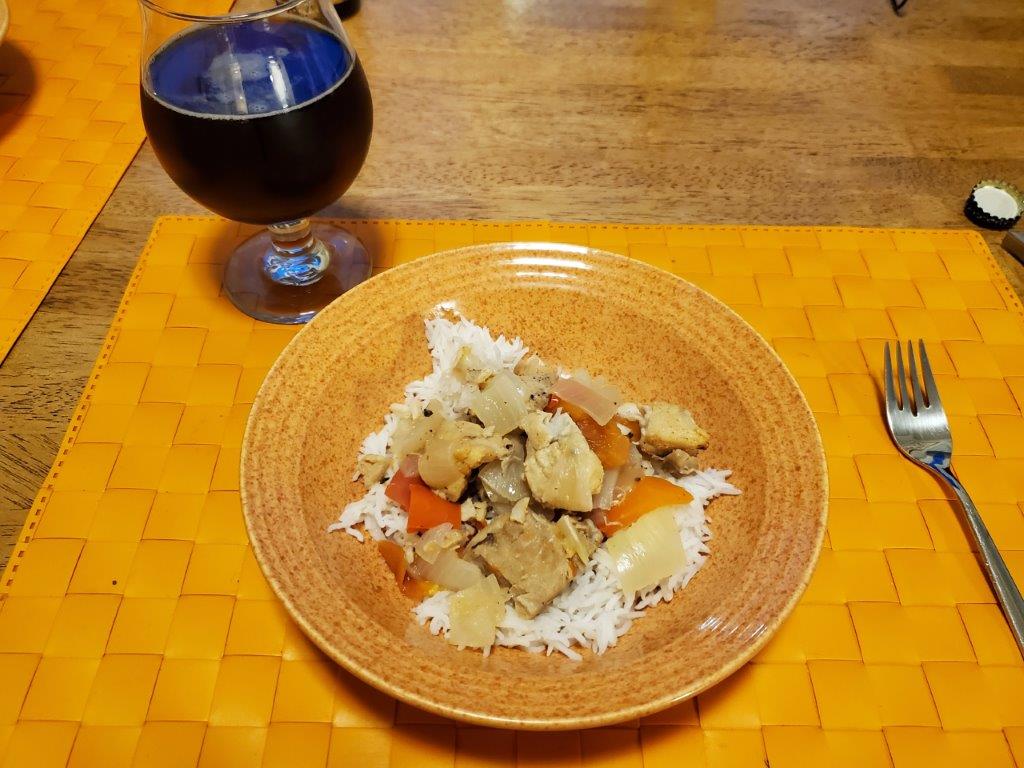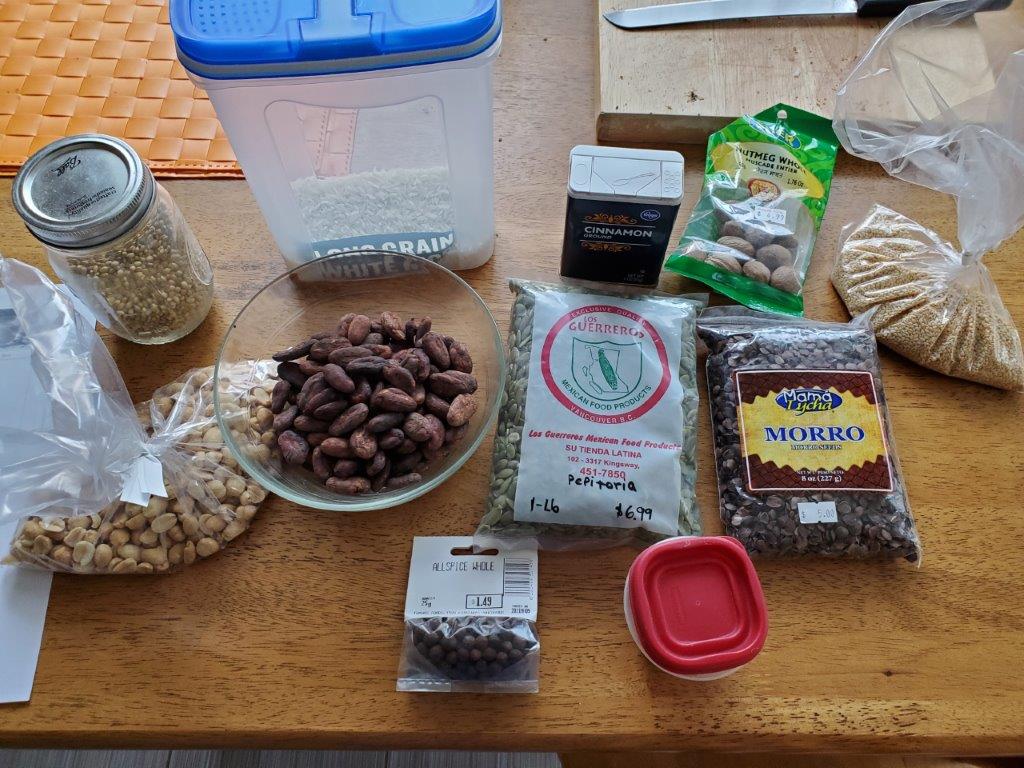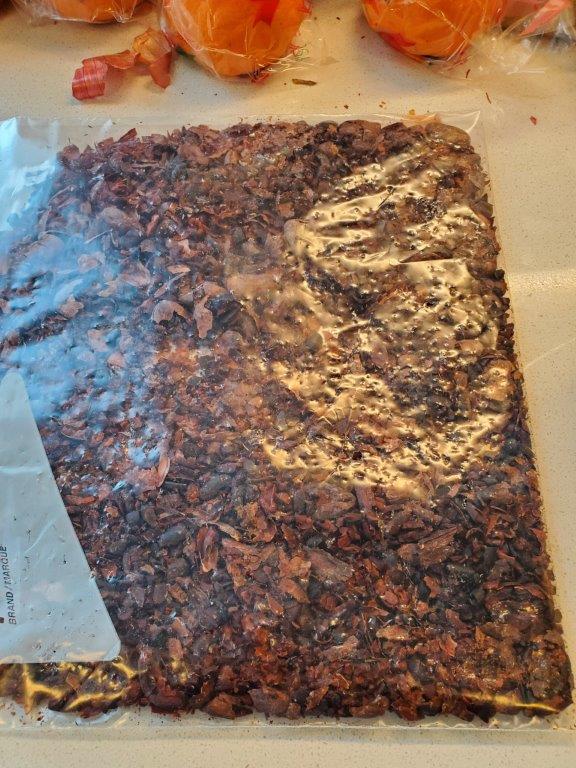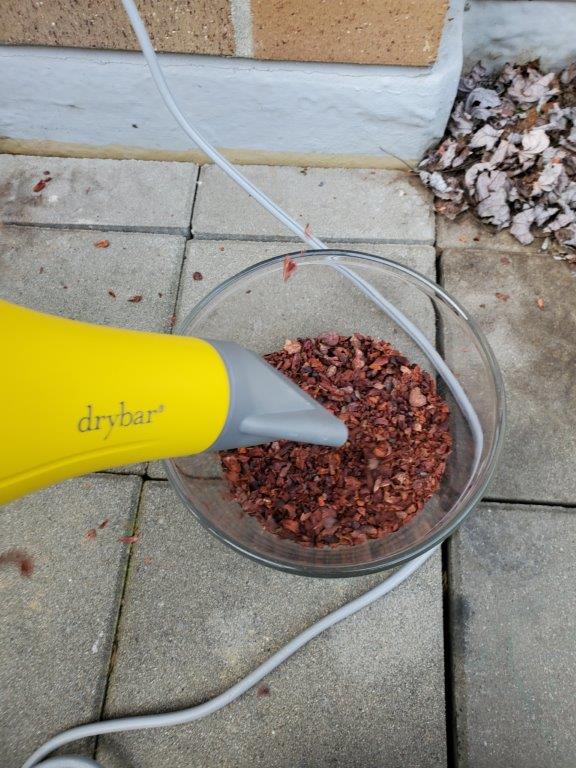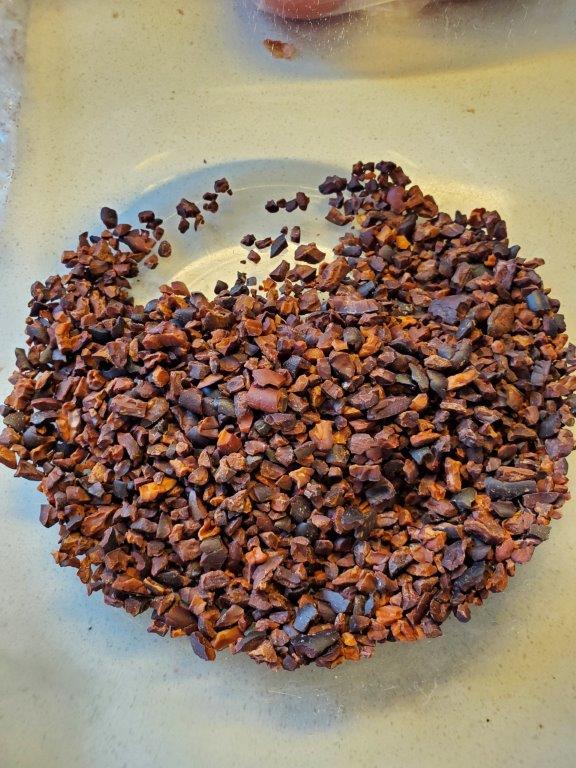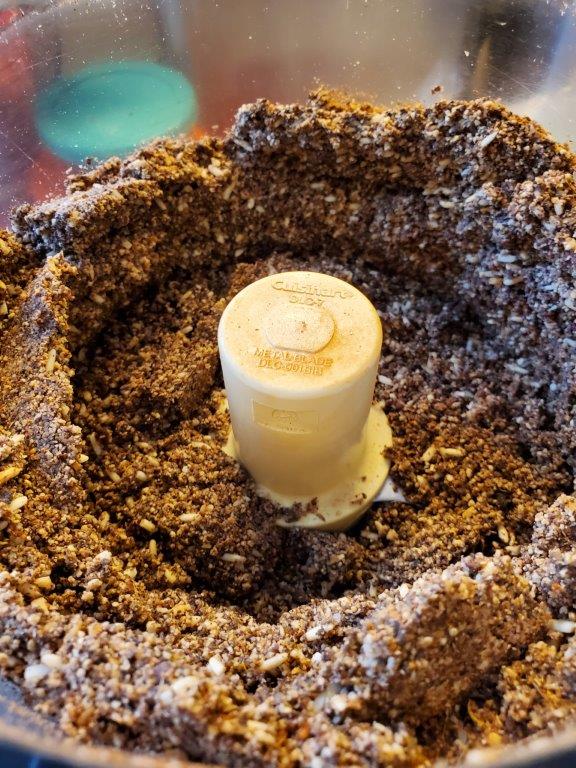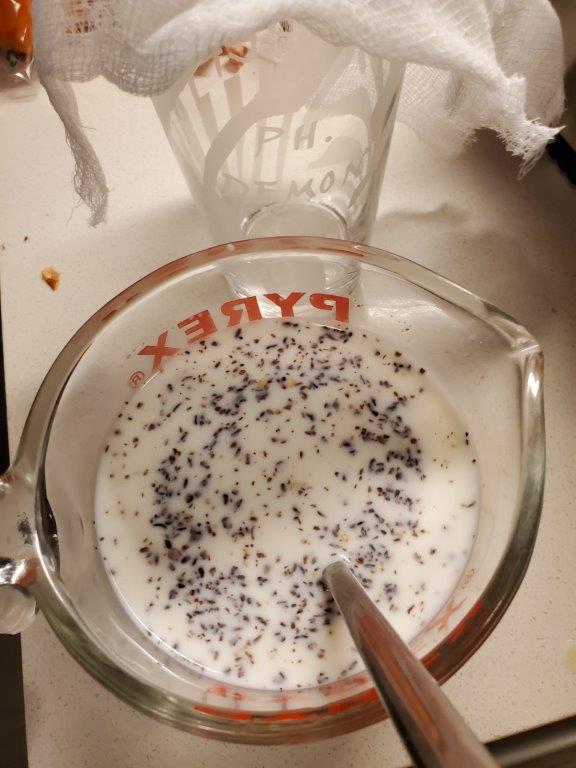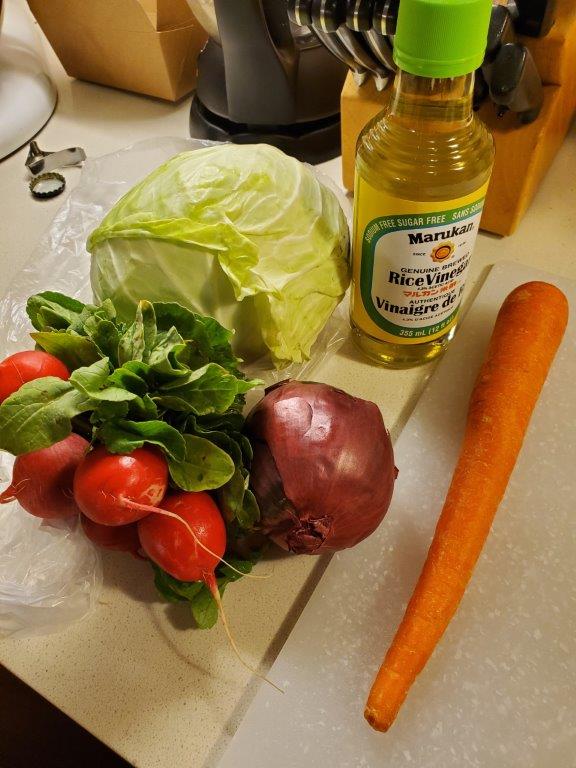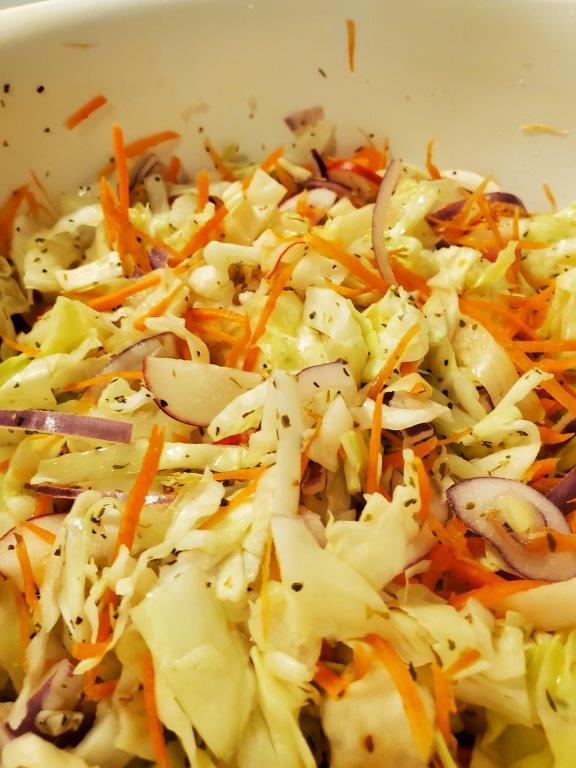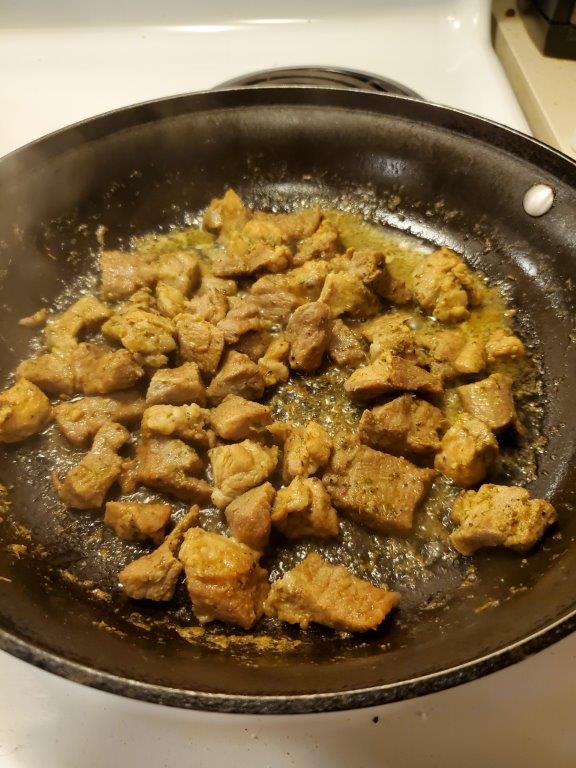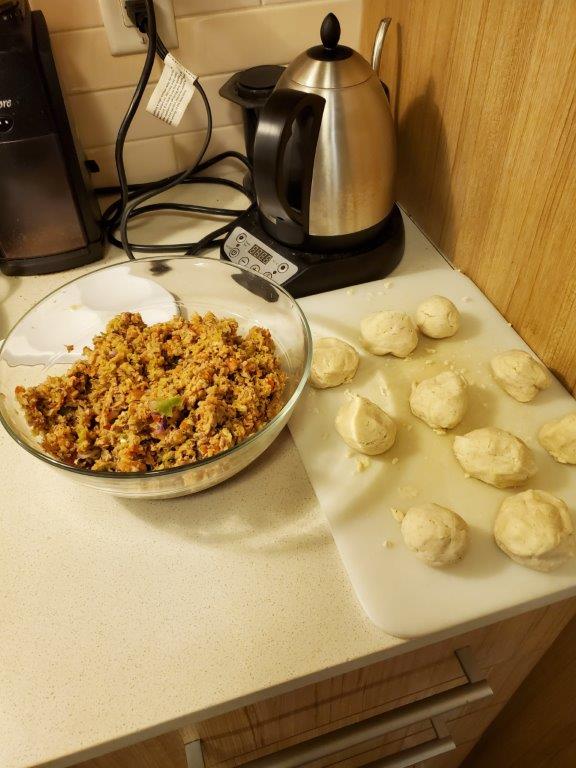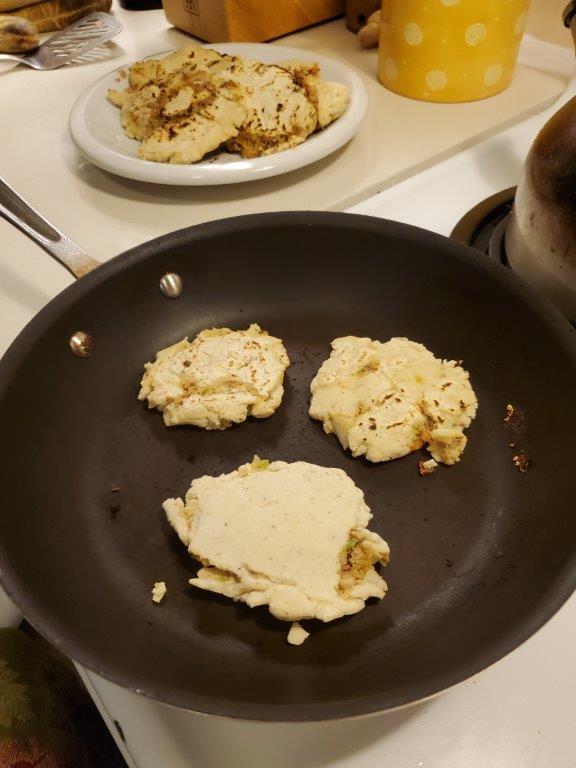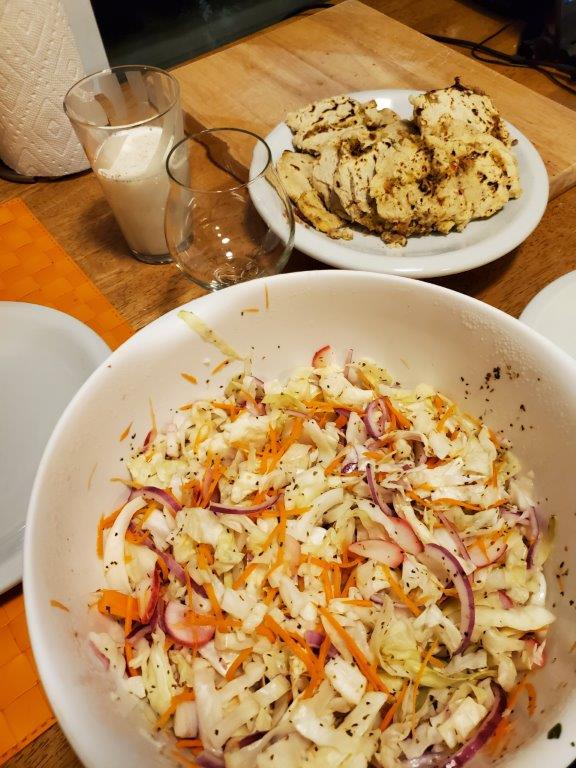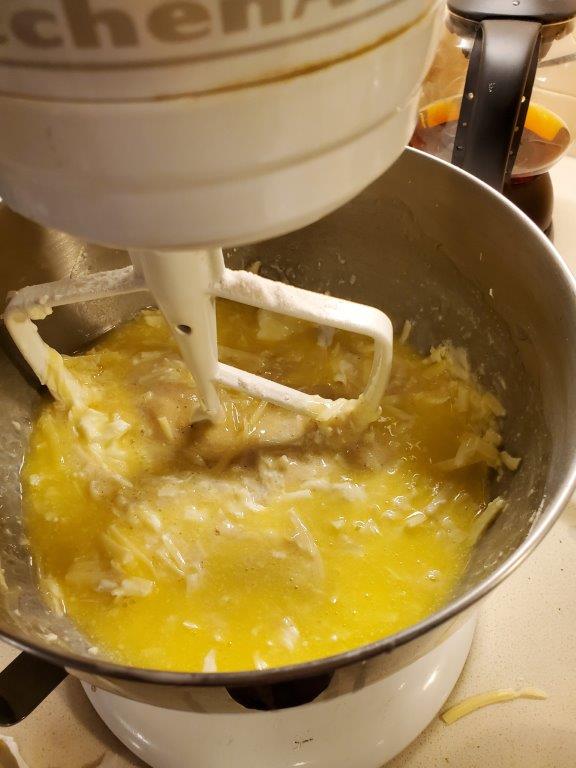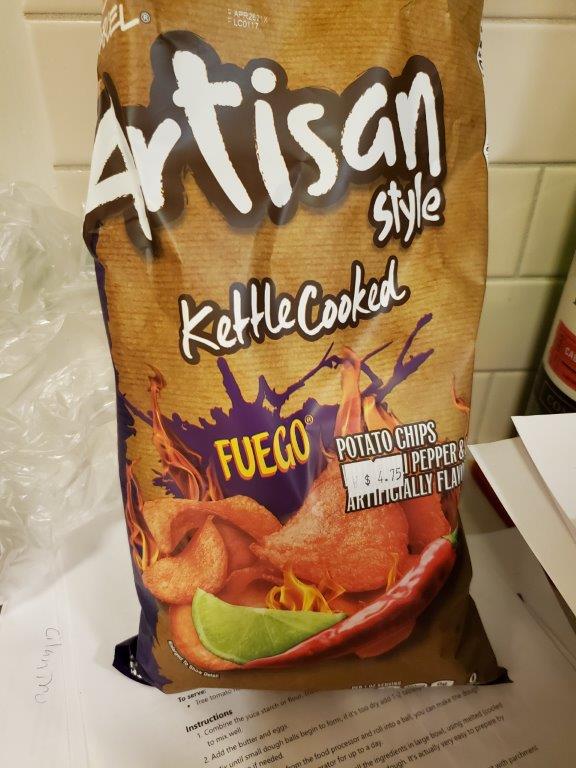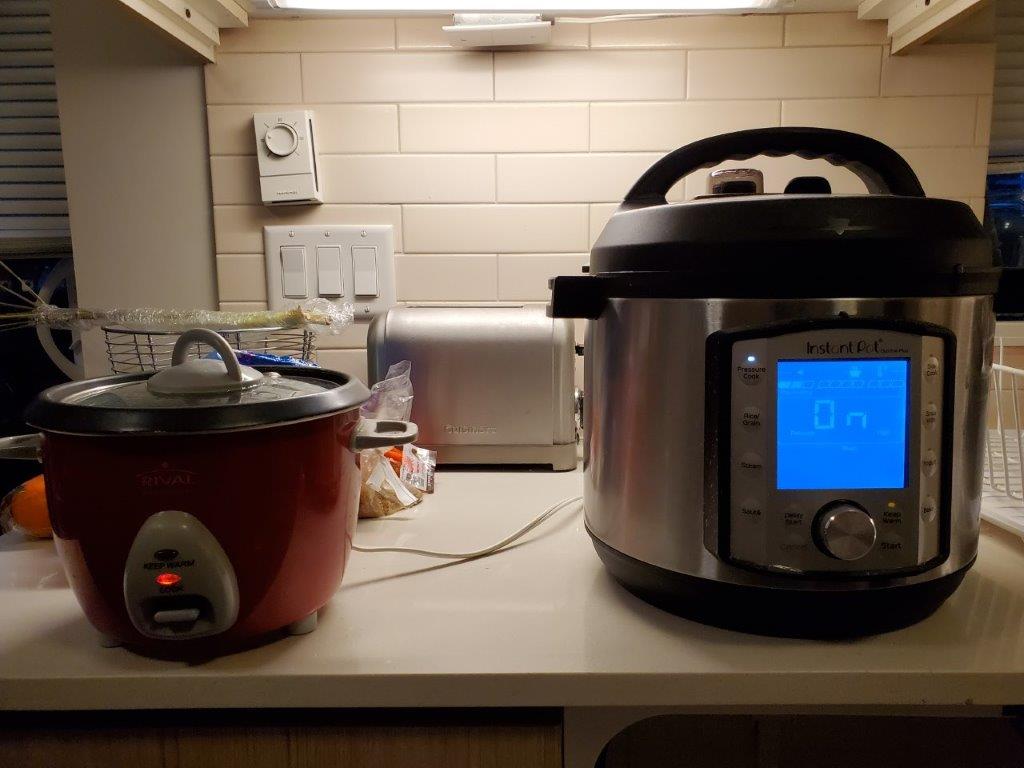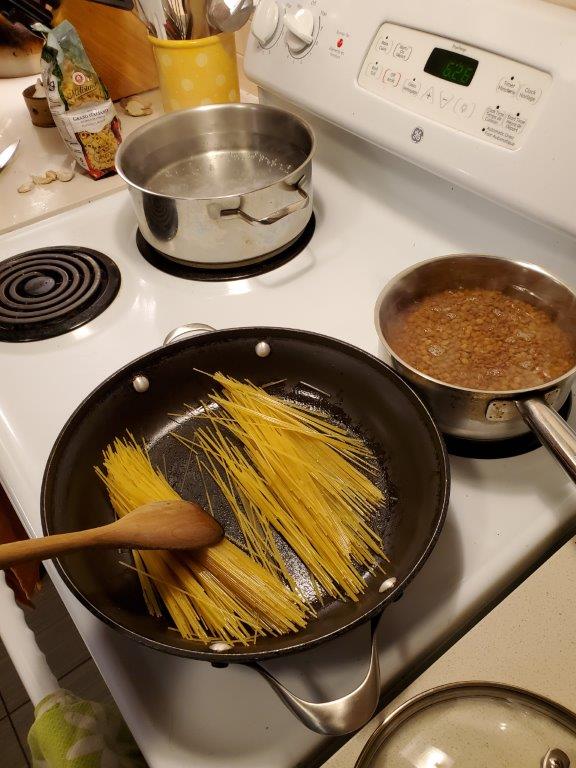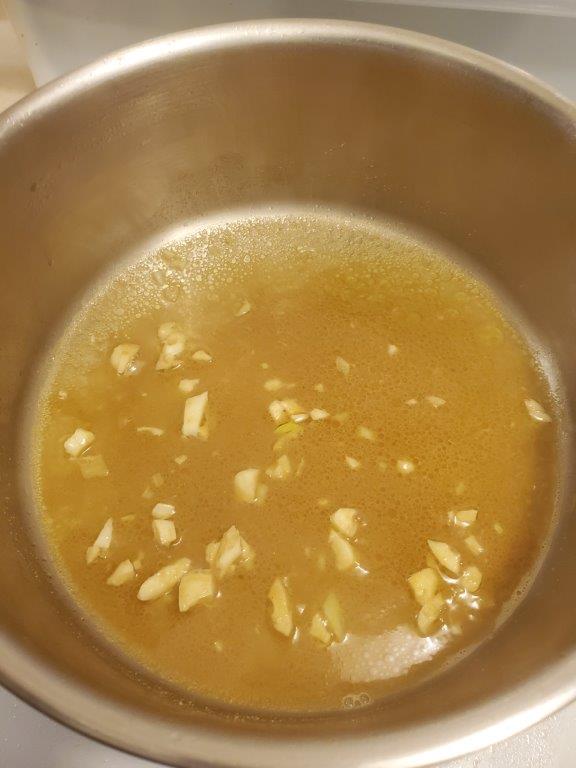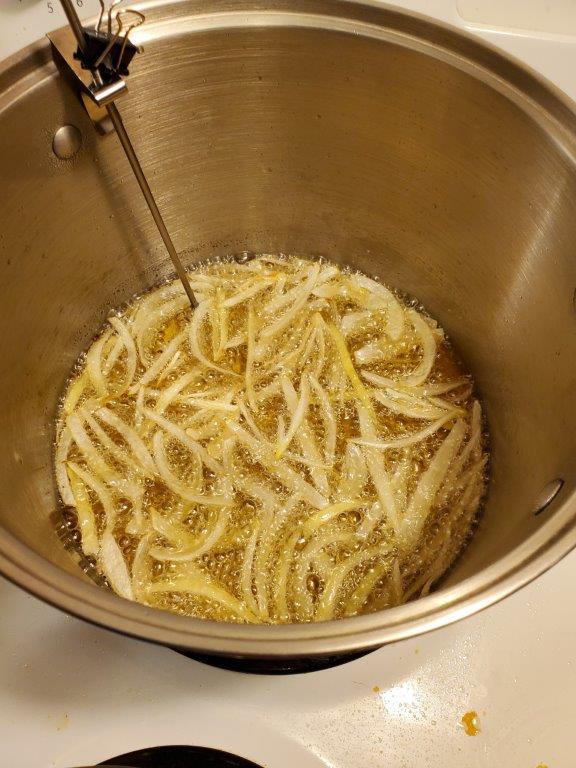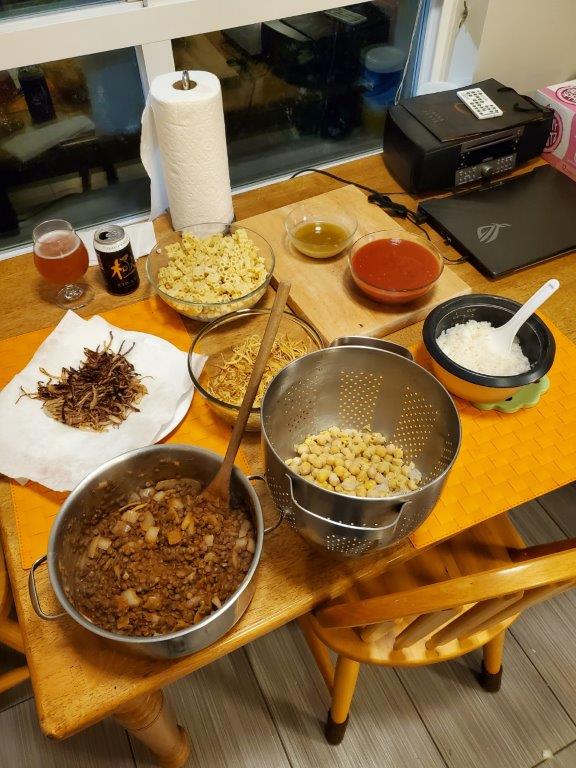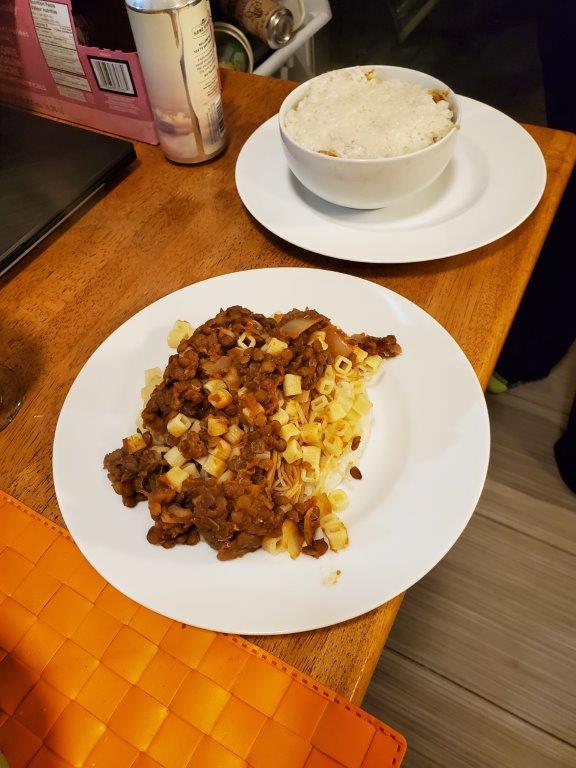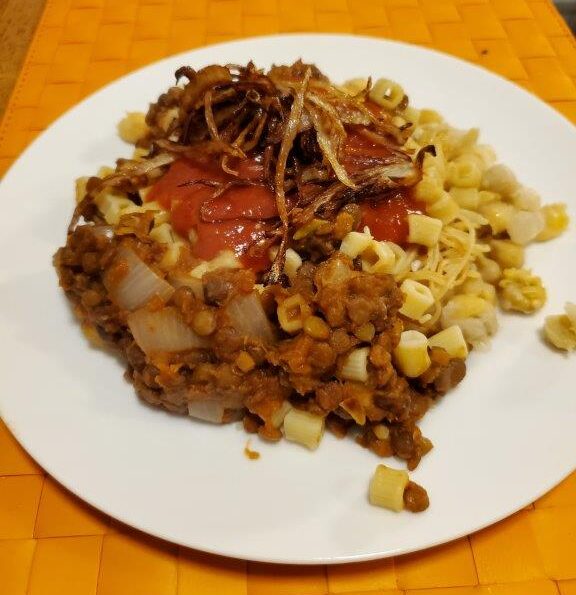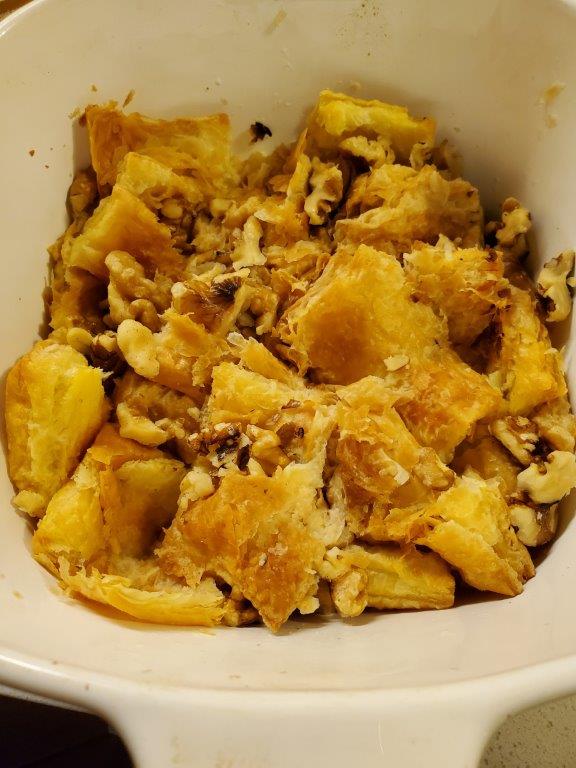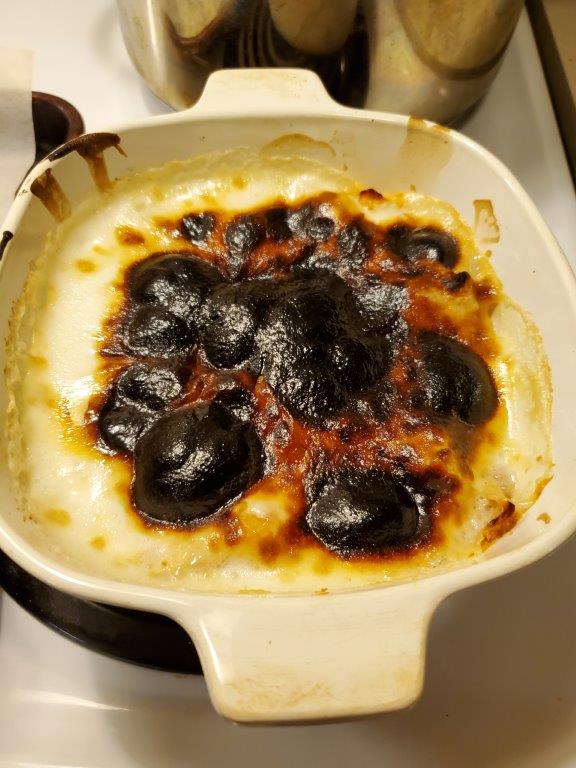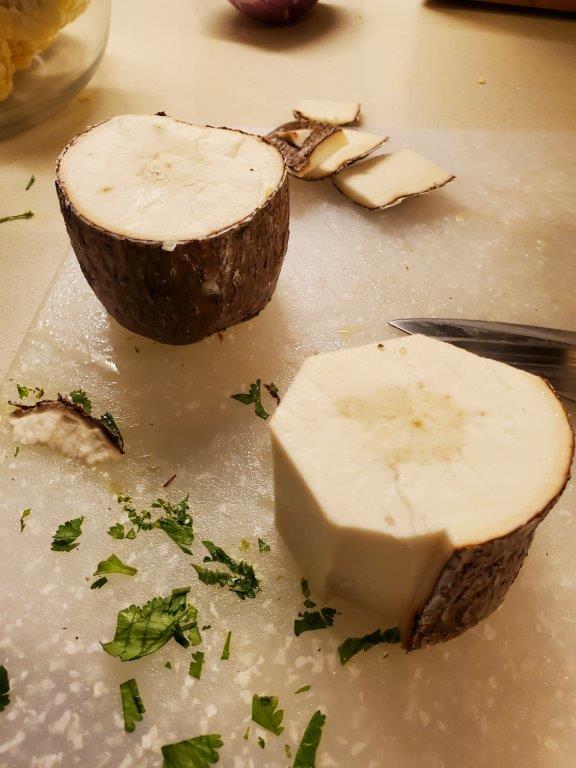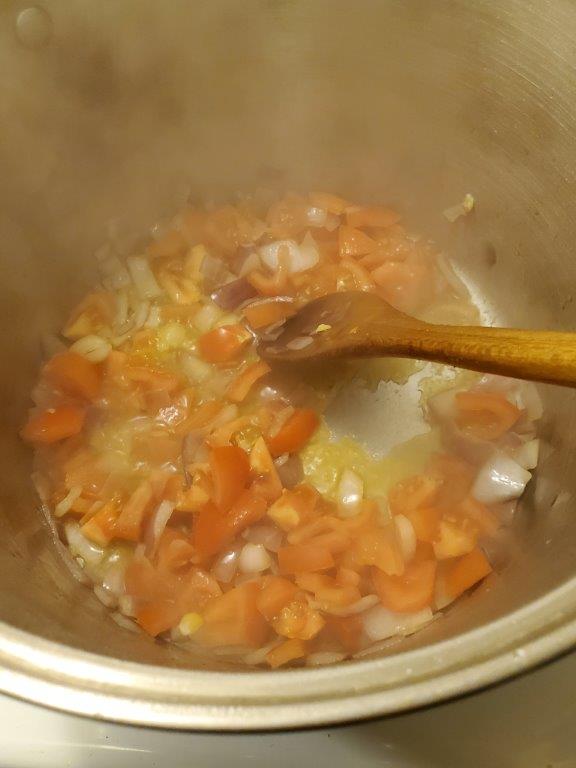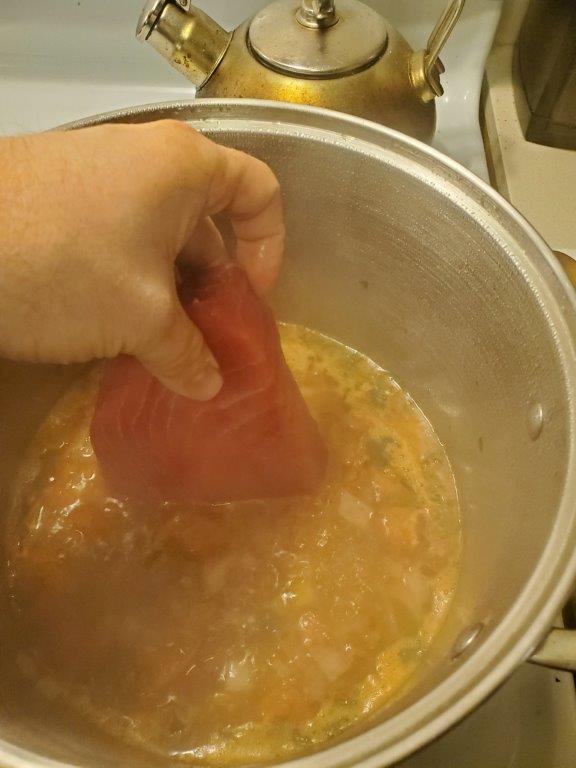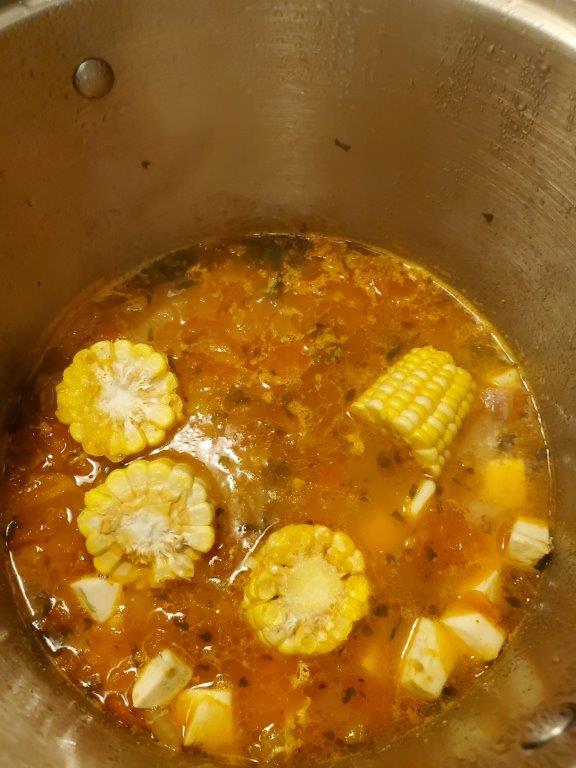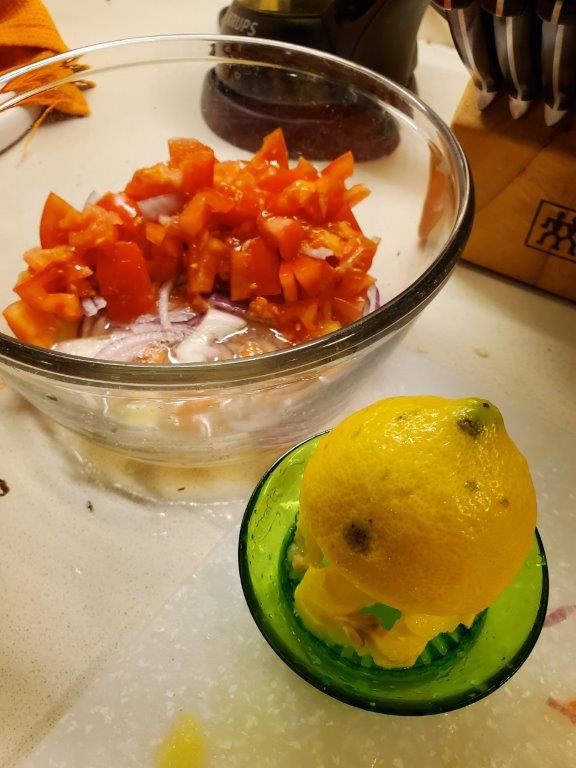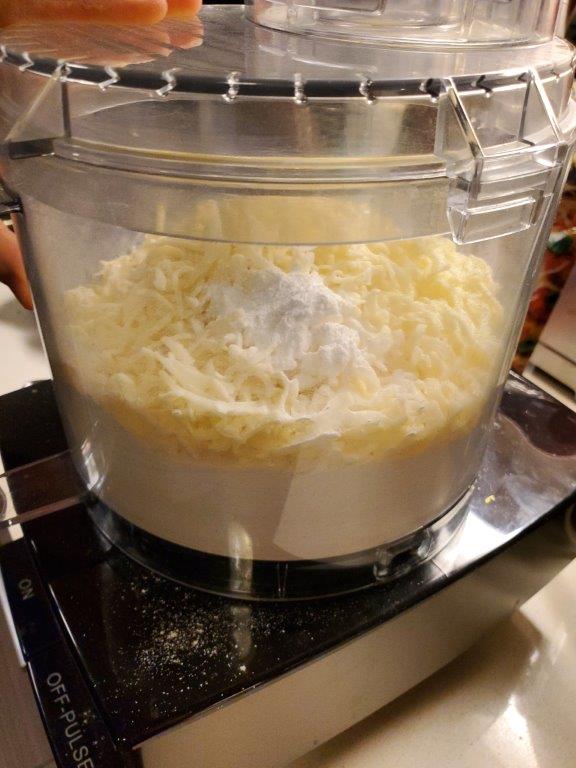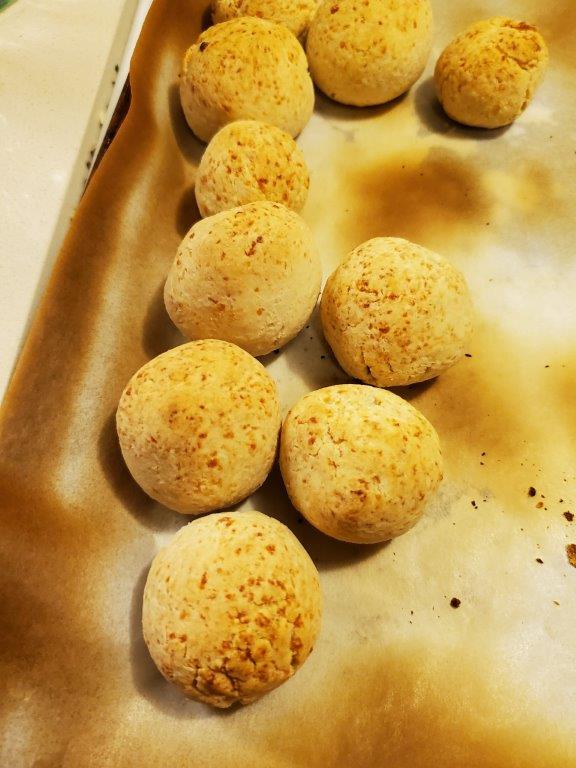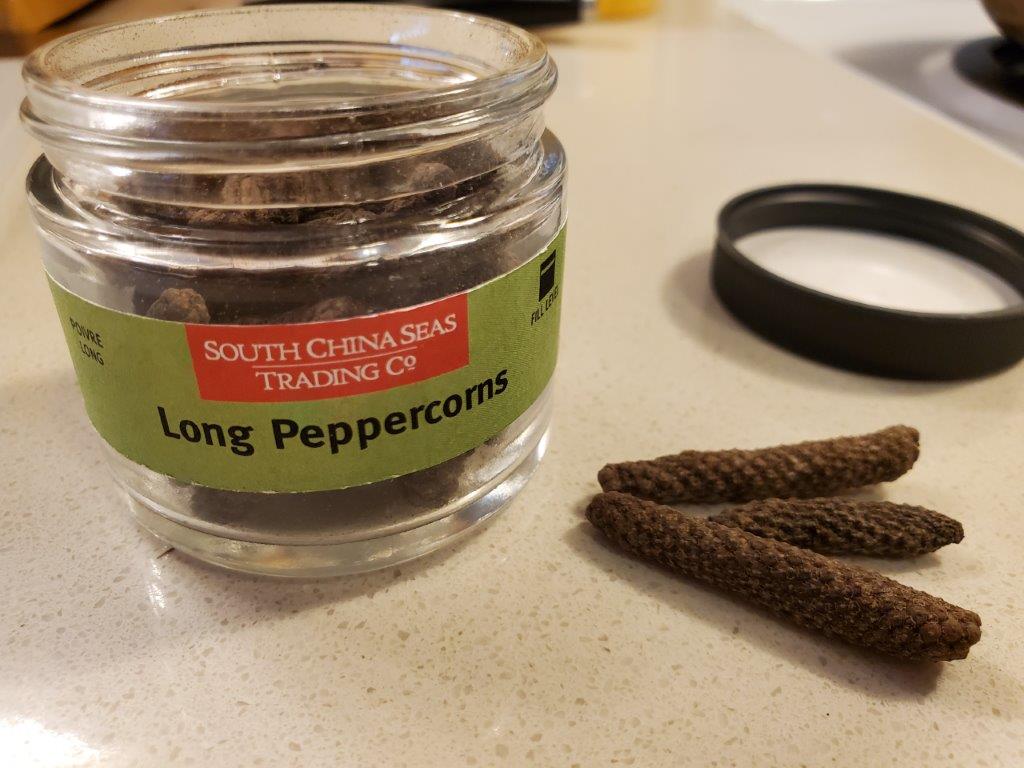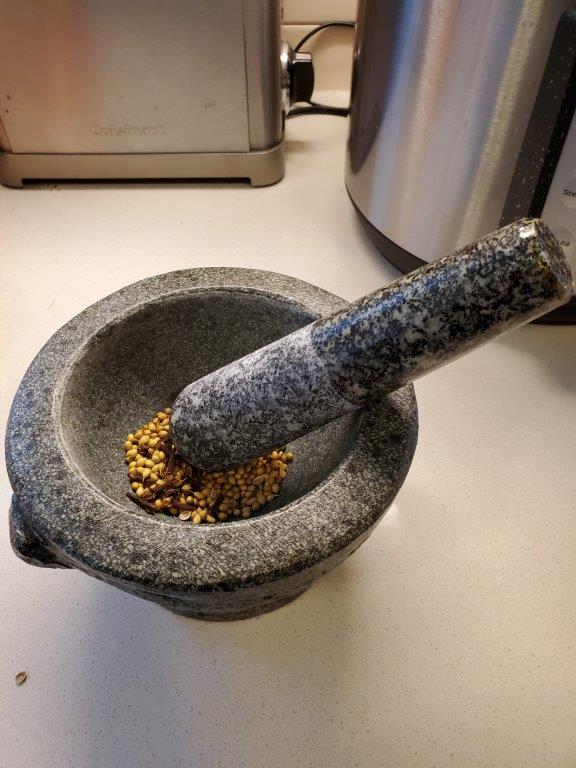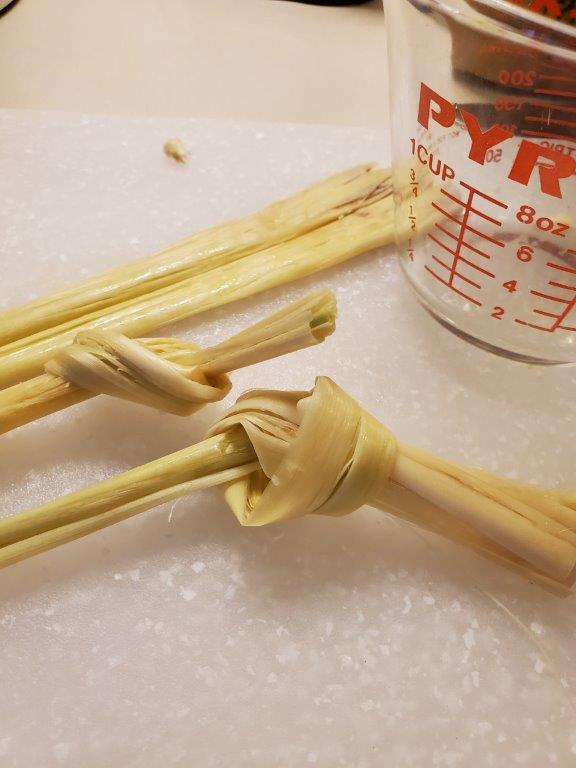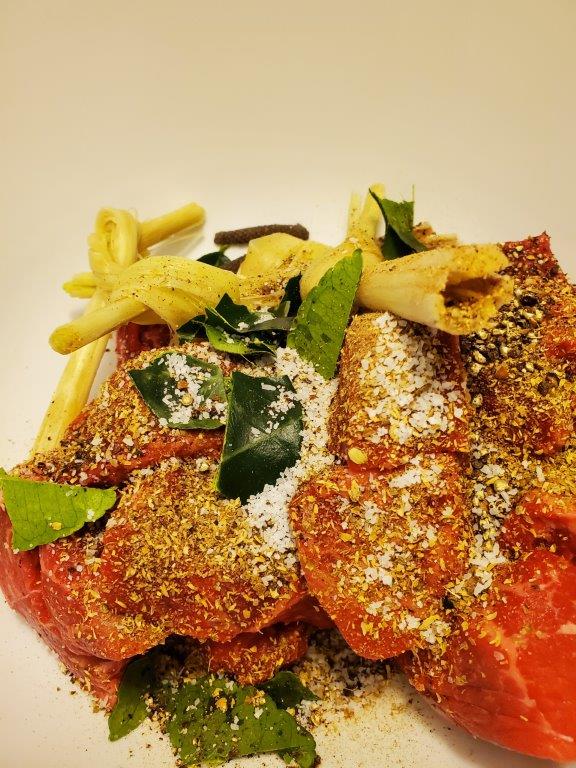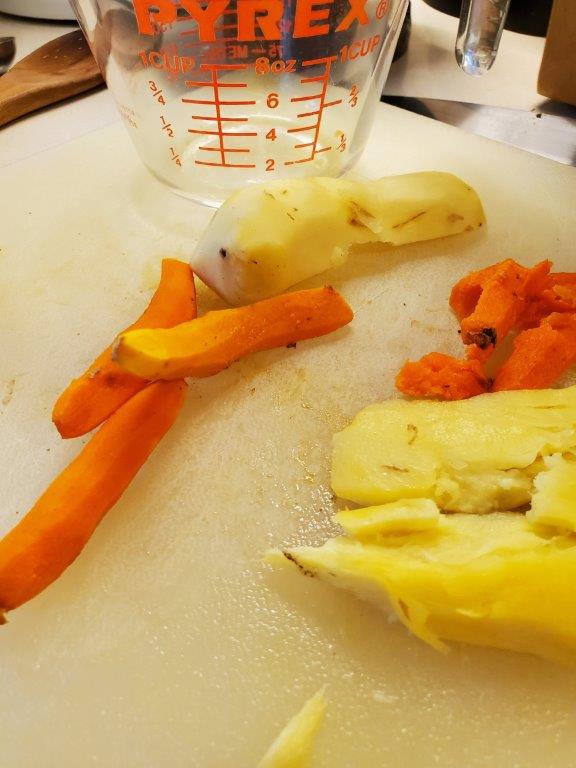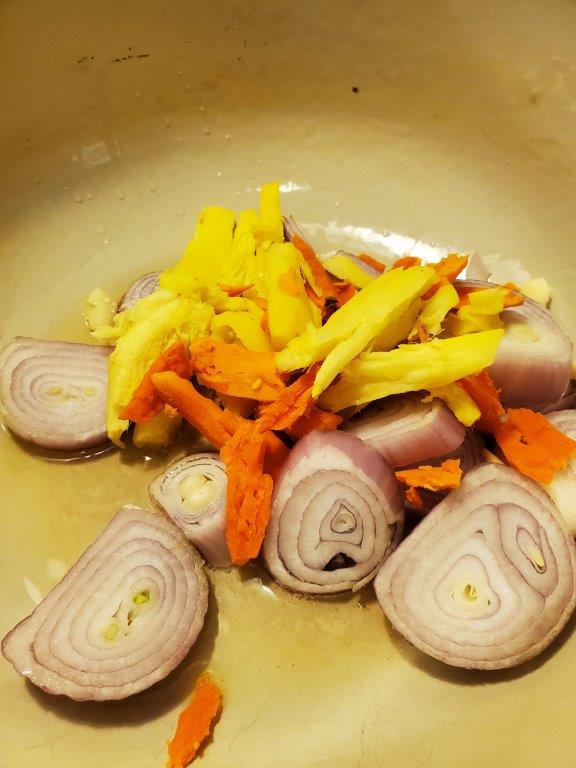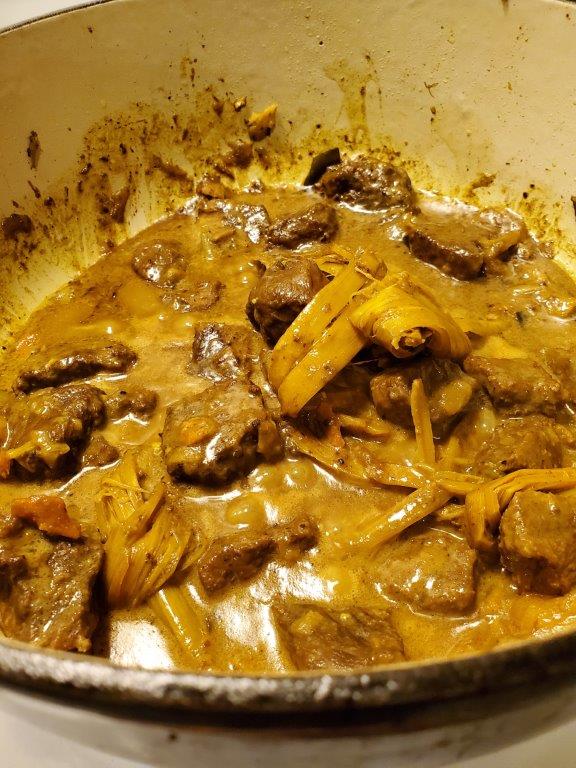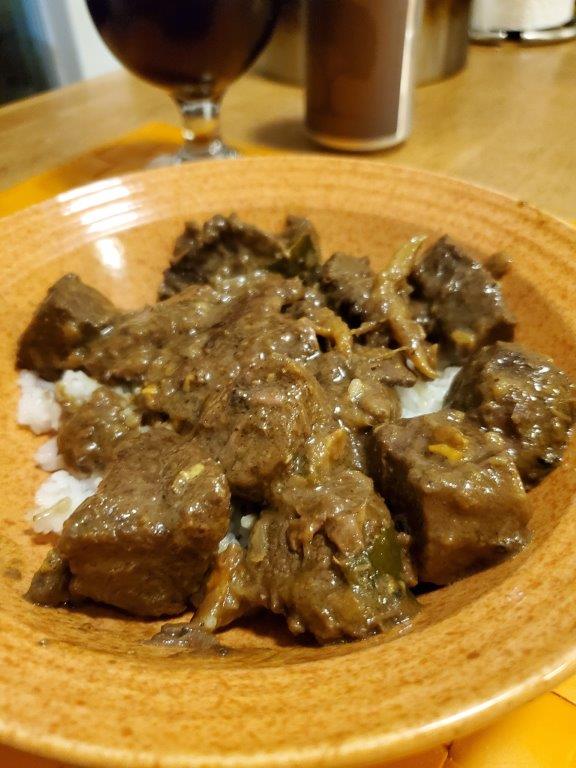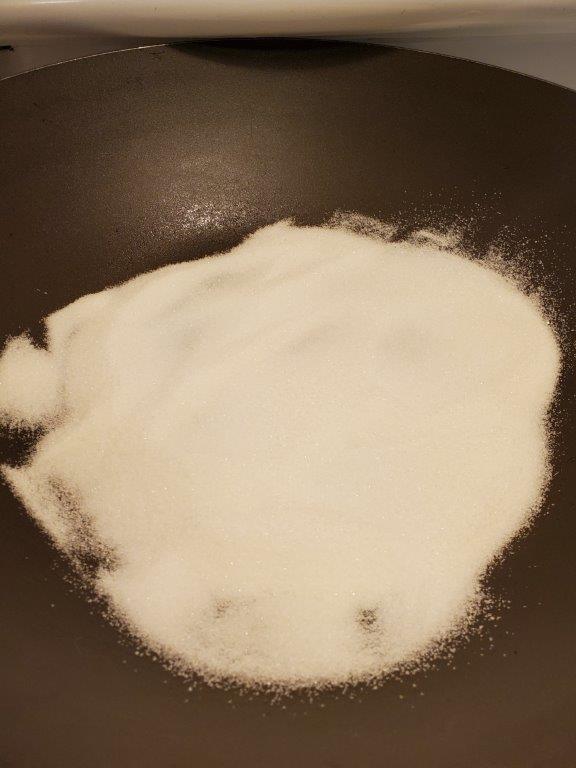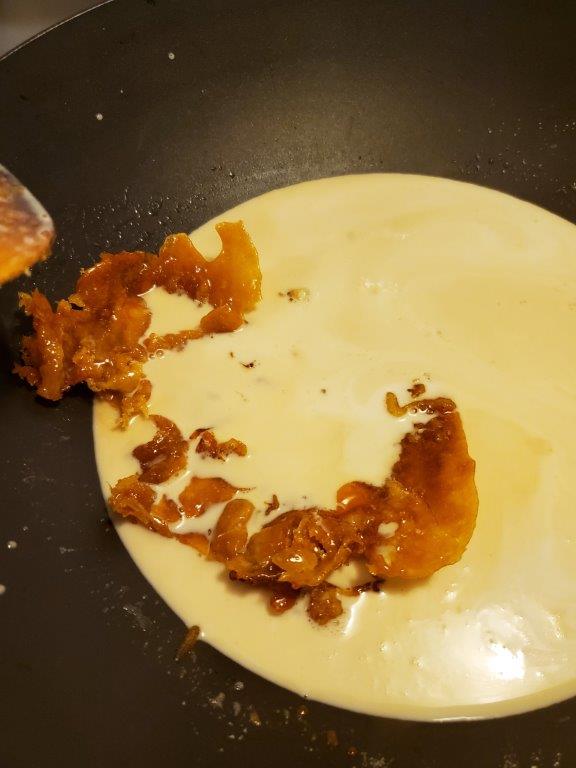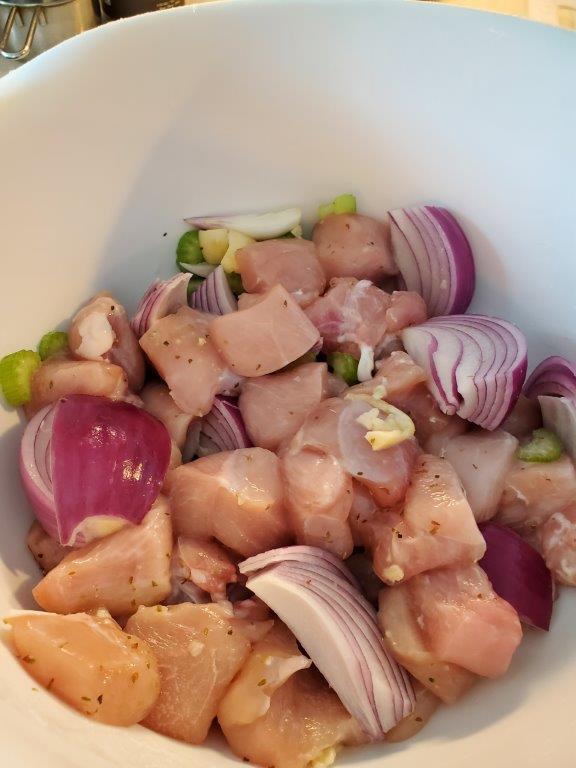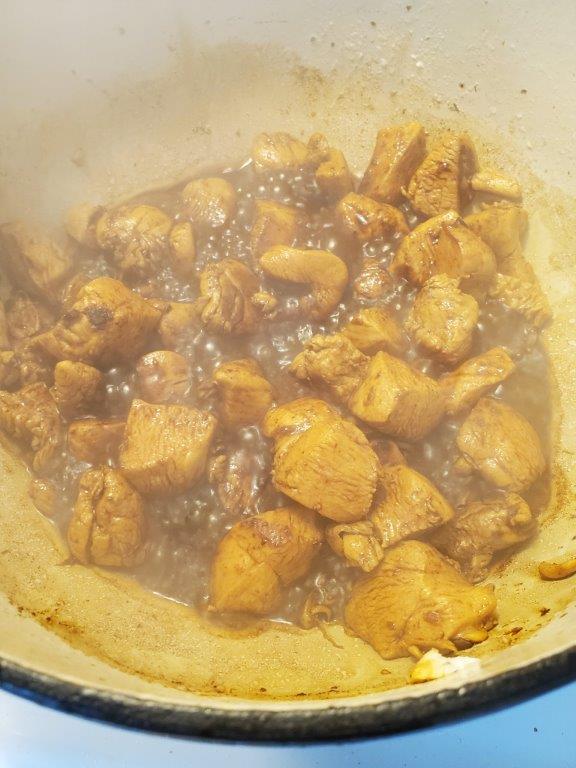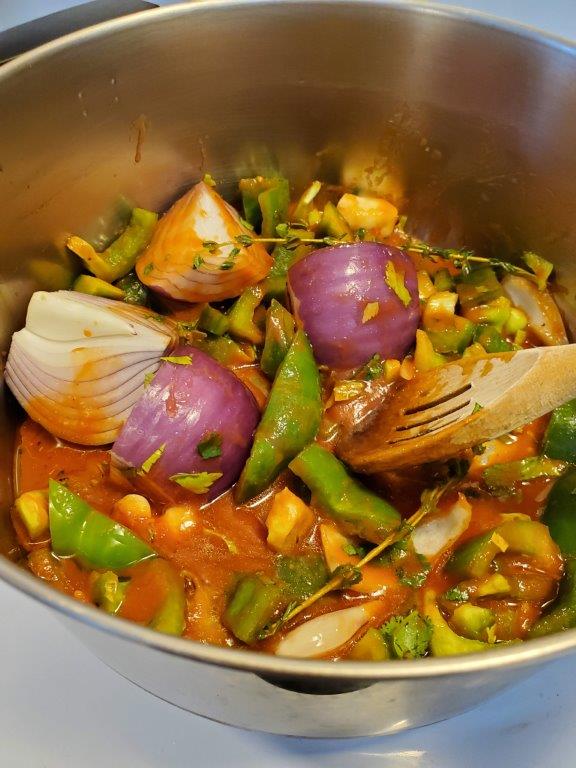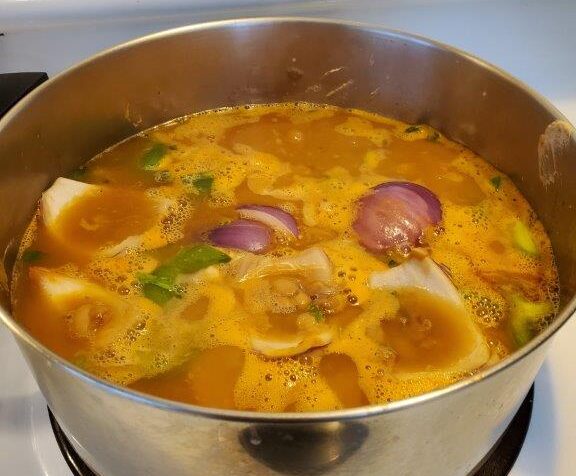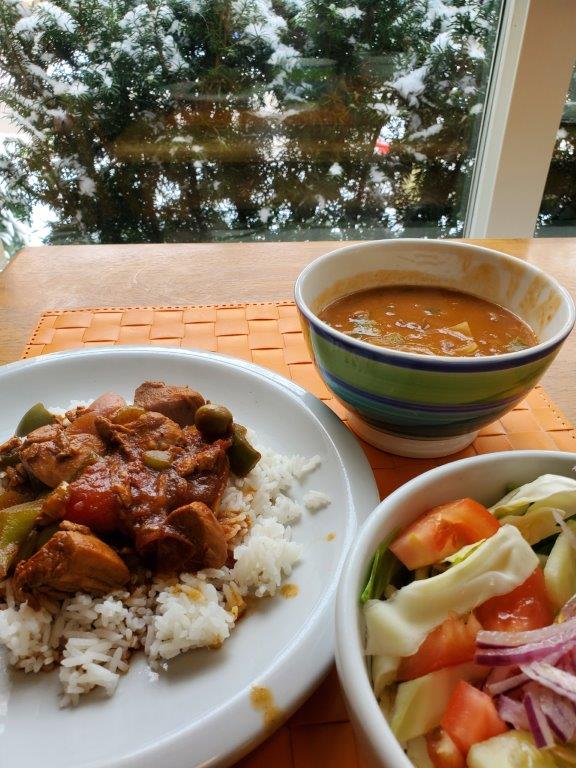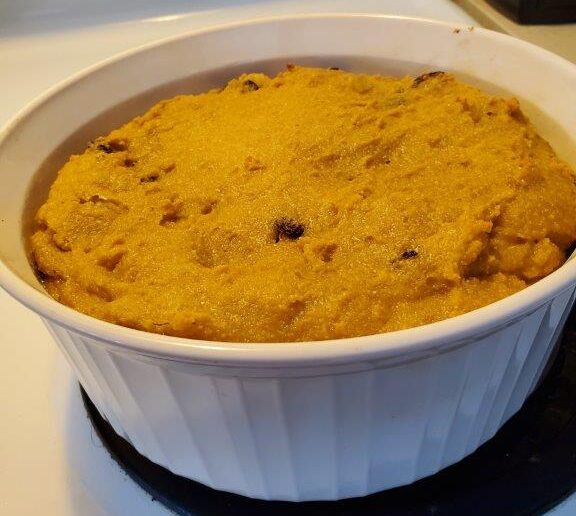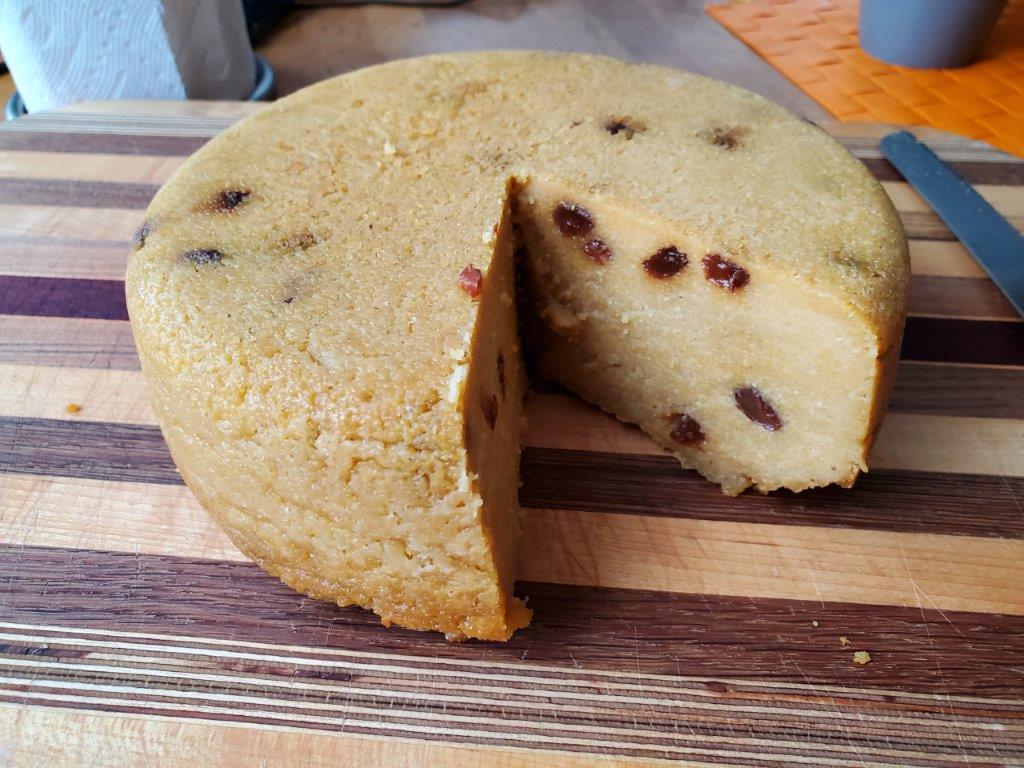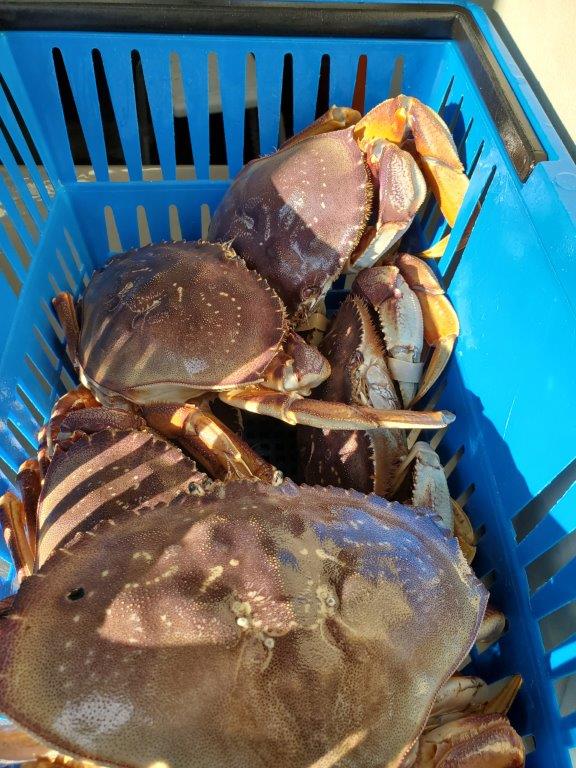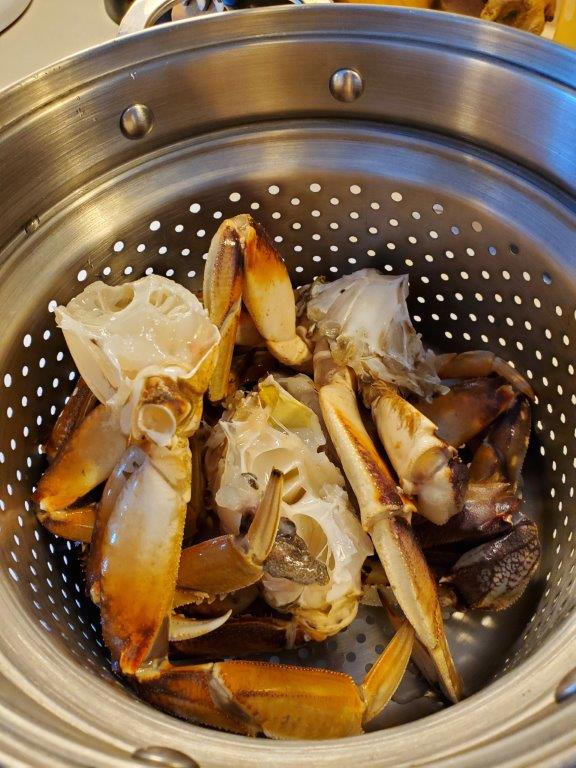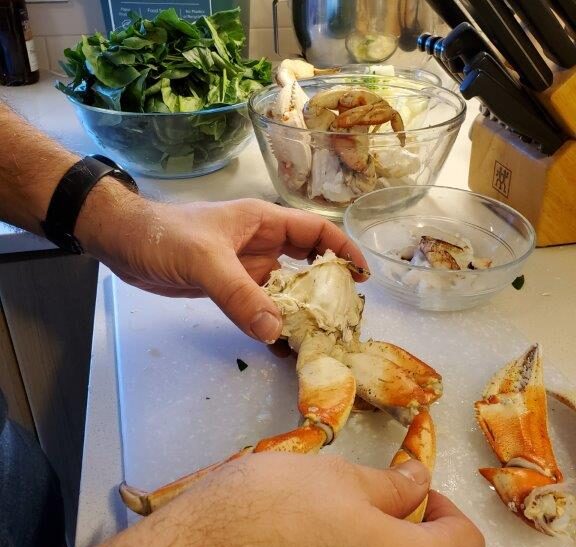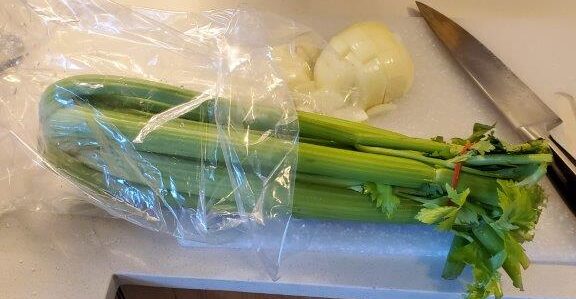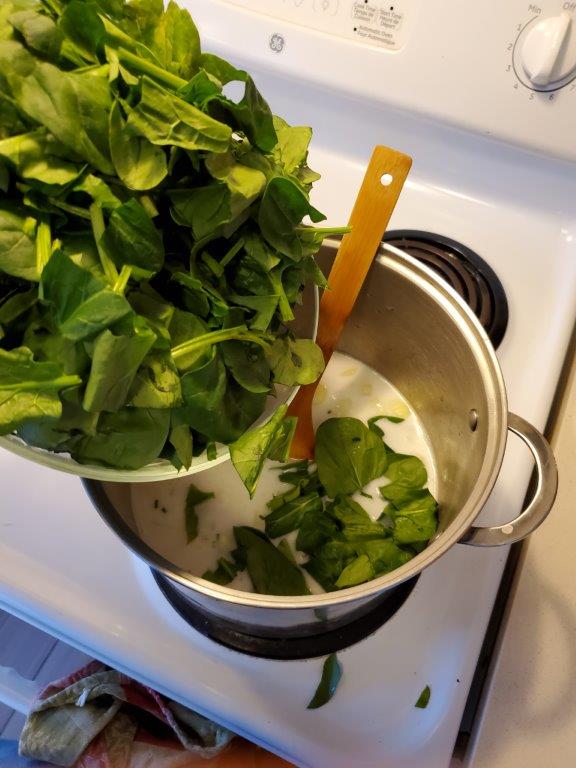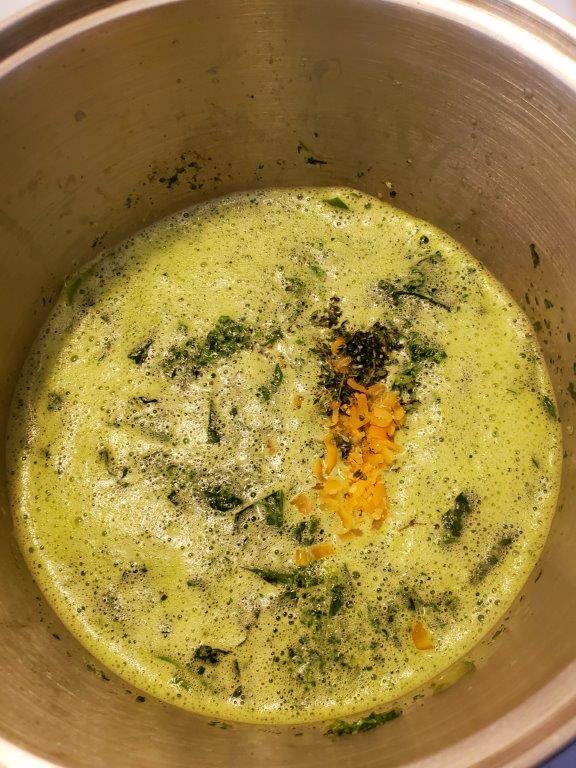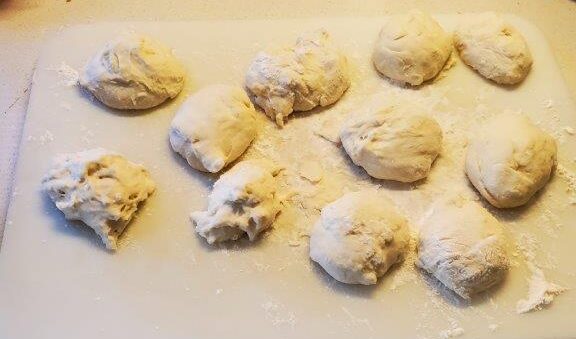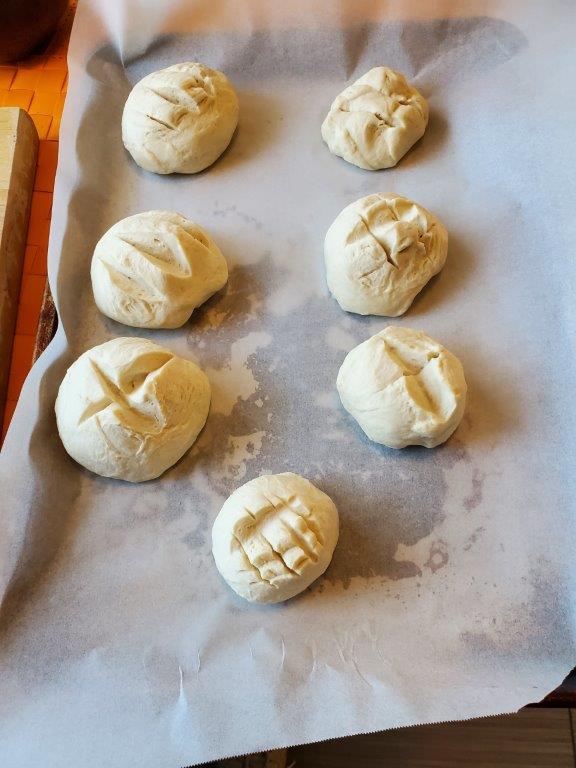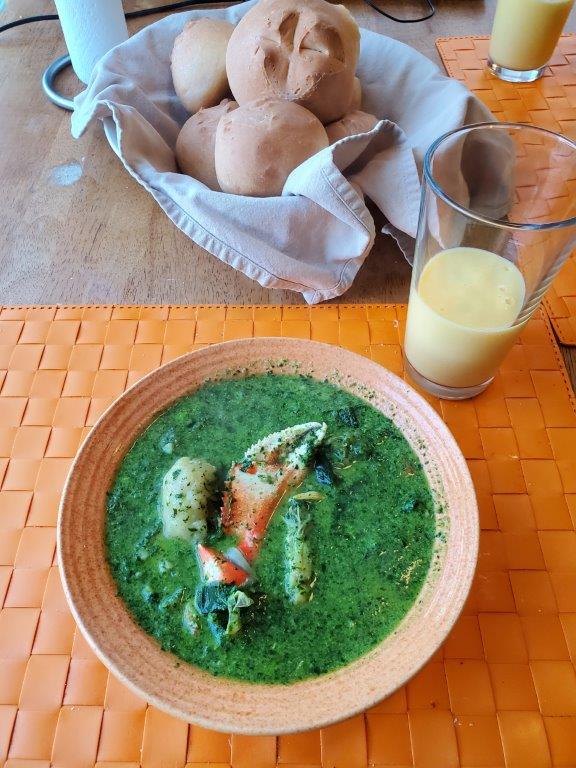“Yeah, since the pandemic, it’s almost impossible to find ostrich.”
I’ll take “Sentences I would have a very difficult time explaining to my past self” for $800, Alex.
Of course, my past self wouldn’t be trying to source ostrich at this point ANYWAY, because eSwatini only changed its name three years ago, so past me wouldn’t have hit this particular snag until they reached “Swaziland.”
But change it they did, and so we found ourselves trying to find recipes and source ingredients for one of the very few countries in the world that routinely uses camel case in their name. Not ACTUAL camel, as far as we know, but that’s probably coming at some point….
At any rate, there are very few recipes that purport to be from eSwatini online, and most of them are the same ones cut and pasted back and forth. The national dish is allegedly Ostrich Steak, and another possibility would be “Samp and Beans.”
We spent a solid week trying to source ostrich. We called a LOT of butchers, including ones that advertise exotic meats. They all told us the same thing – their supplies dried up about six months to a year ago. So after that, I moved on to trying to locate samp. Samp is cracked dried yellow hominy corn. Shouldn’t be that hard, right?
I did find it, but only in a ten pound bag, and we do NOT need that much samp. I went to every Latino and African grocery store I could find, and other than that one giant bucket o’samp, no one had it. Were we going to have to make just an avocado salad and nothing else? I had just checked the last two stores on my list when I walked past a butcher shop, and on a lark walked in and asked “Say, you don’t have ostrich, do you?”
“Sure! One piece left, right here.”
And you don’t even want to know what it cost. But at this point, we were ready to buy SOMETHING so we could get going with this meal.
Ostrich is super lean, so after we sliced it thinly, it got an overnight marinade in red wine with some crushed juniper berries to tenderize and flavor it.
For accompaniments, we DID make that avocado salad. Pretty straightforward – avocados cubed, tossed with lemon juice, ginger, peanuts and salt. (The peanuts were added after this picture was taken) The avocados we had were a bit under ripe, but still tasty.
Our other side dish was cornbread. Ideally, this should have been made with a specifically South African product called “mealie meal,” but at this point we were just done looking for ingredients, so ours was made with normal cornmeal. We also ran into the problem that the recipe said to add “enough milk” at one point, without giving any indication as to how much that was, or evening listing milk in the ingredient list.
Still, it turned out fine. You’ll see it in a bit in the final picture.
So back to the ostrich. The recipe calls for it to be served over a mash of pumpkin and cornmeal. In addition to the aforementioned mealie meal substitution, we ALSO couldn’t find a pumpkin in April in Vancouver, so we used a Japanese squash called a kabocha.
At least on the inside, LOOKS like pumpkin, and it tastes like pumpkin, so we’re going to call “close enough.” I would not be embarrassed to make tikvenik with this, and that’s a good enough test as any.
Kabocha gets diced up and boiled with cornmeal until tender:
Once it’s soft, you drain off some portion of the liquid (the recipe was vague) and mush it up until you get a soft mash.
We also needed to make a quick sauce for the ostrich, by sweating onions, and then cooking them with white wine (South African, of course), heavy cream, and green peppercorns.
Finally it was time to flash fry the ostrich itself, which took almost no time, given how thinly we’d sliced it.
And here’s everything all together, including the promised shot of the cornbread:
It all turned out kinda pretty – the avocados were various shades of green, the cornbread and pumpkin mash were orange, and the ostrich was wine-dark.
So now for the most important question – how did it taste? It was pretty good! The avocado salad actually stole the show – peanuts and avocado are a great combination that we shall have to remember. The cornbread needed a bit more salt, but was very good at soaking up things.
The pumpkin mash was kind of bland by itself, but the creamy texture went well with the chew of the onions and the slight acidity of the white wine sauce.
And everyone knows what ostrich is like, so there’s really not much point in describing that, right?
OK, fine. The ostrich was good, but honestly it mostly just tasted of the wine. The texture was definitely unique – not chicken, not beef, but somewhere in between the two. I don’t think I’d buy it again at that price.
And that’s our trip to eSwatini, which is the first country in a while that has taken us two weeks to accomplish. Next up, we have our final “E” country, as we remain in Africa for one more week to visit Ethiopia, and a chance to once again botch making injera.
Recipes:
Karoo Ostrich Steak
Swazi Cornbread
Slaai (Avocado Salad)
